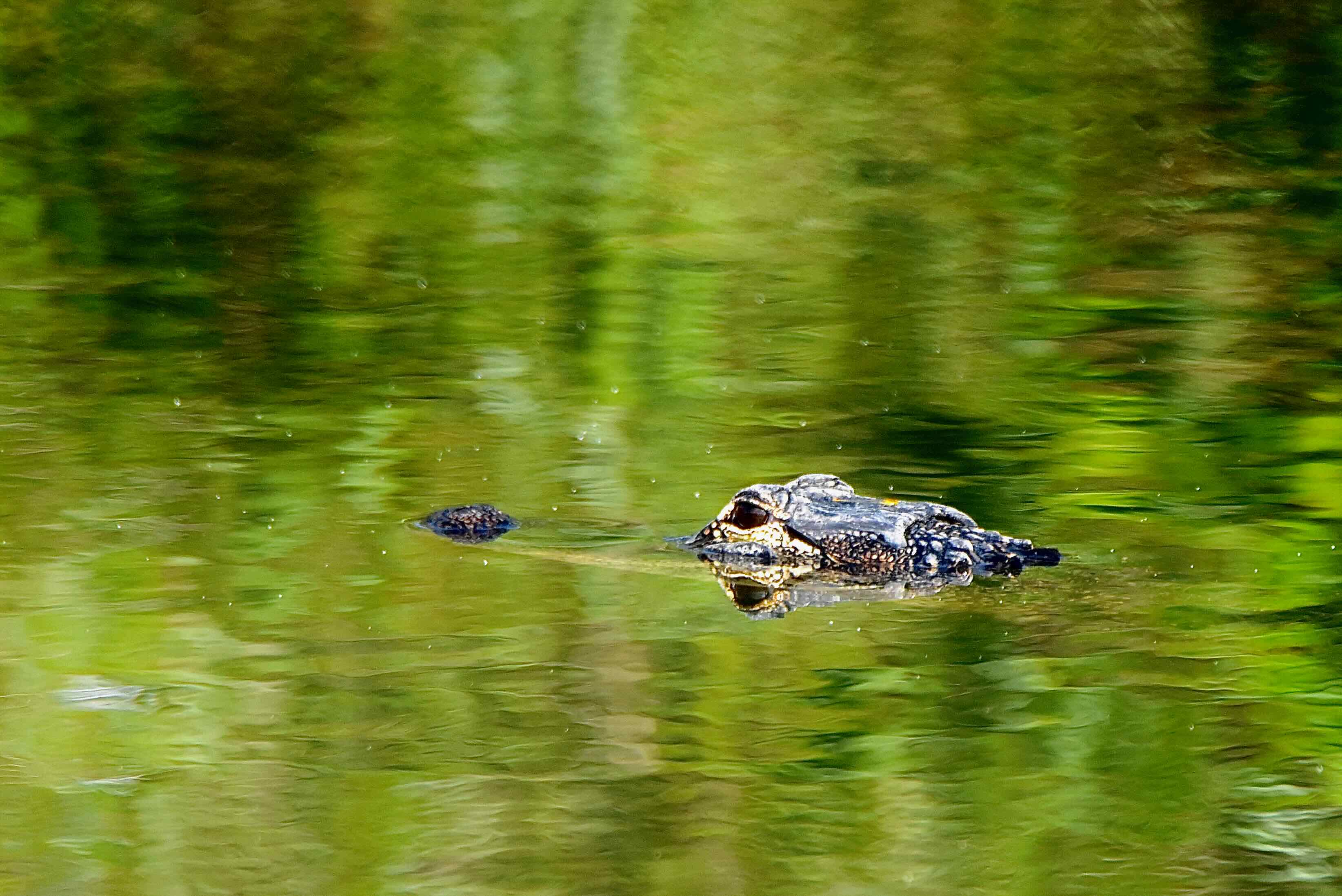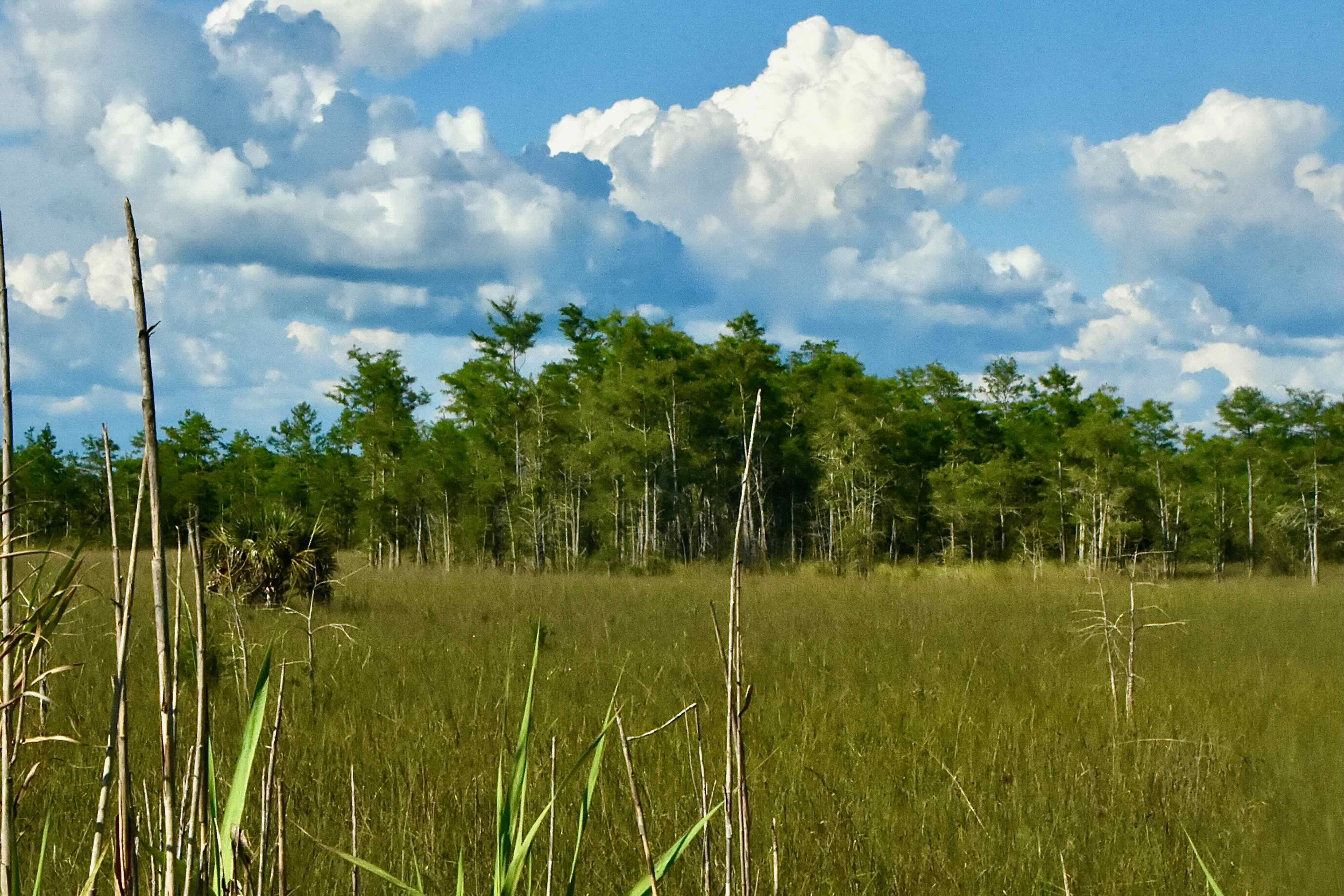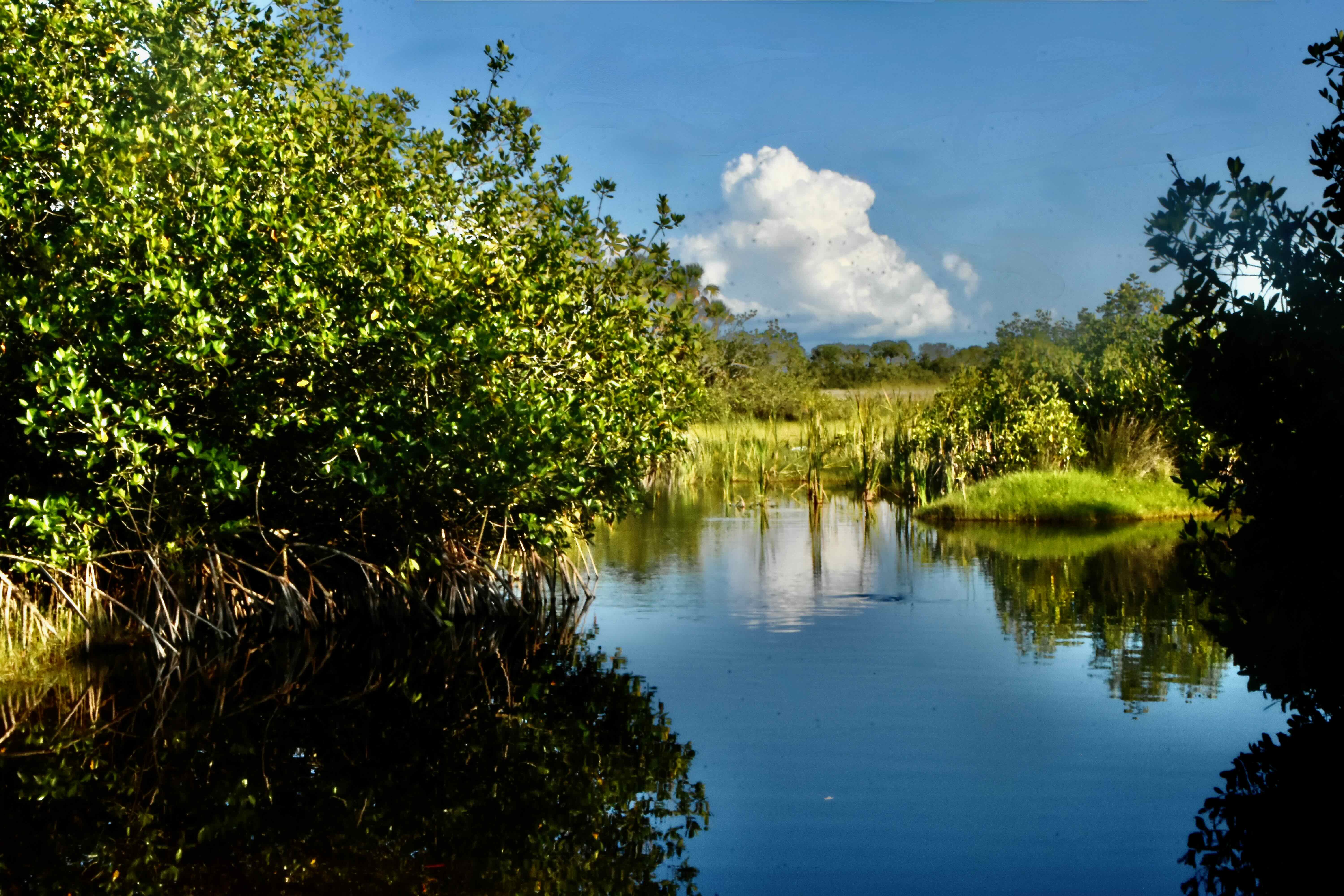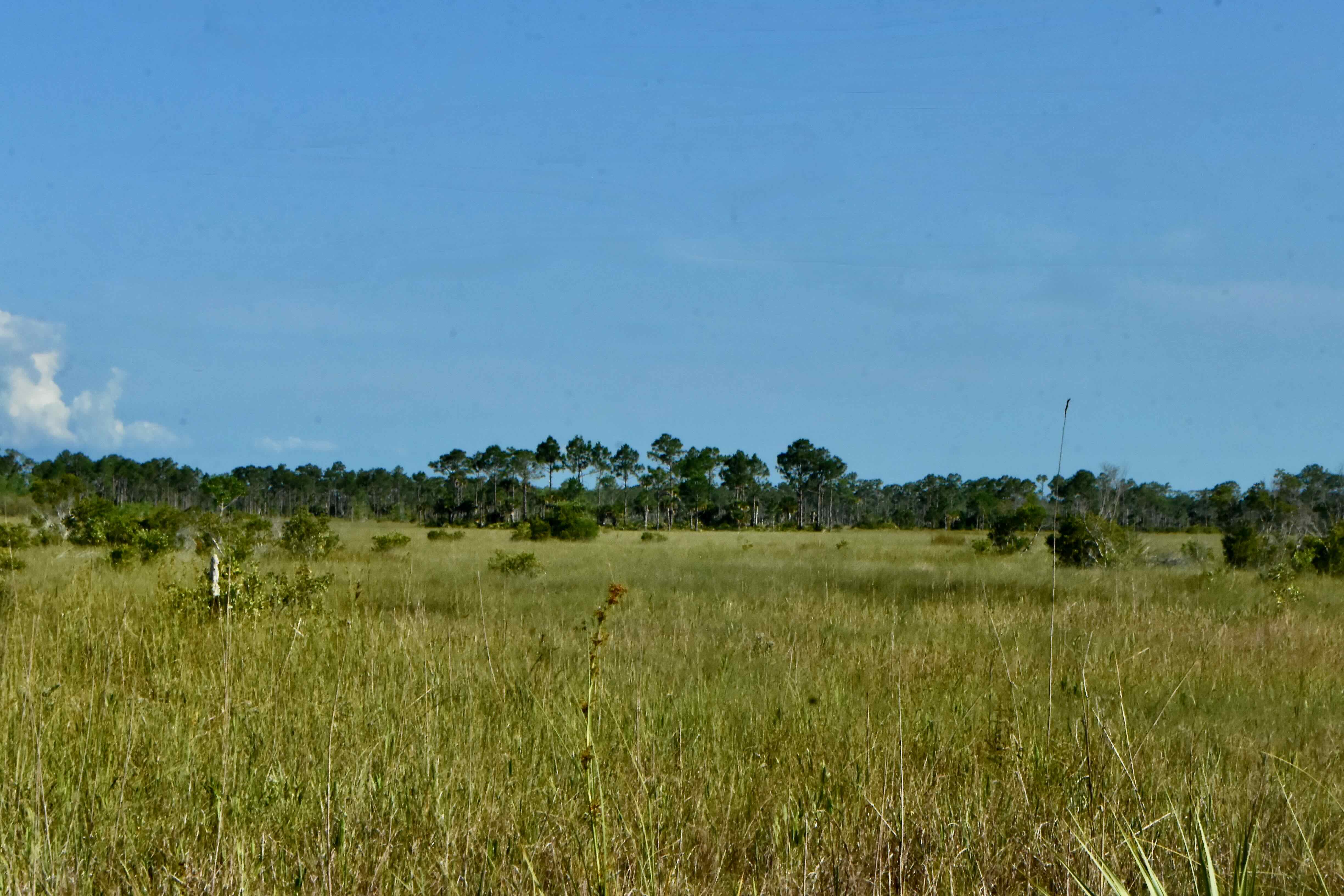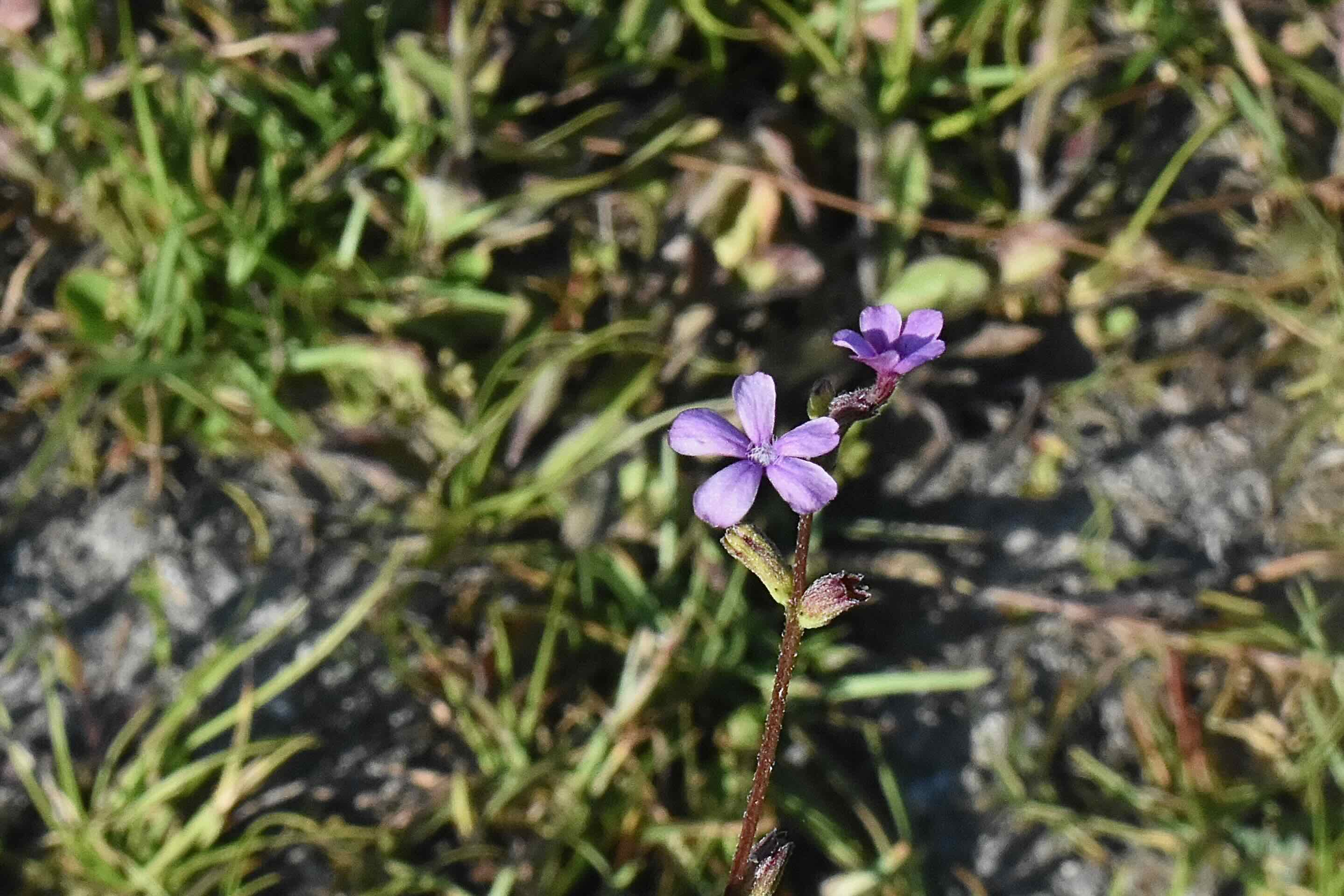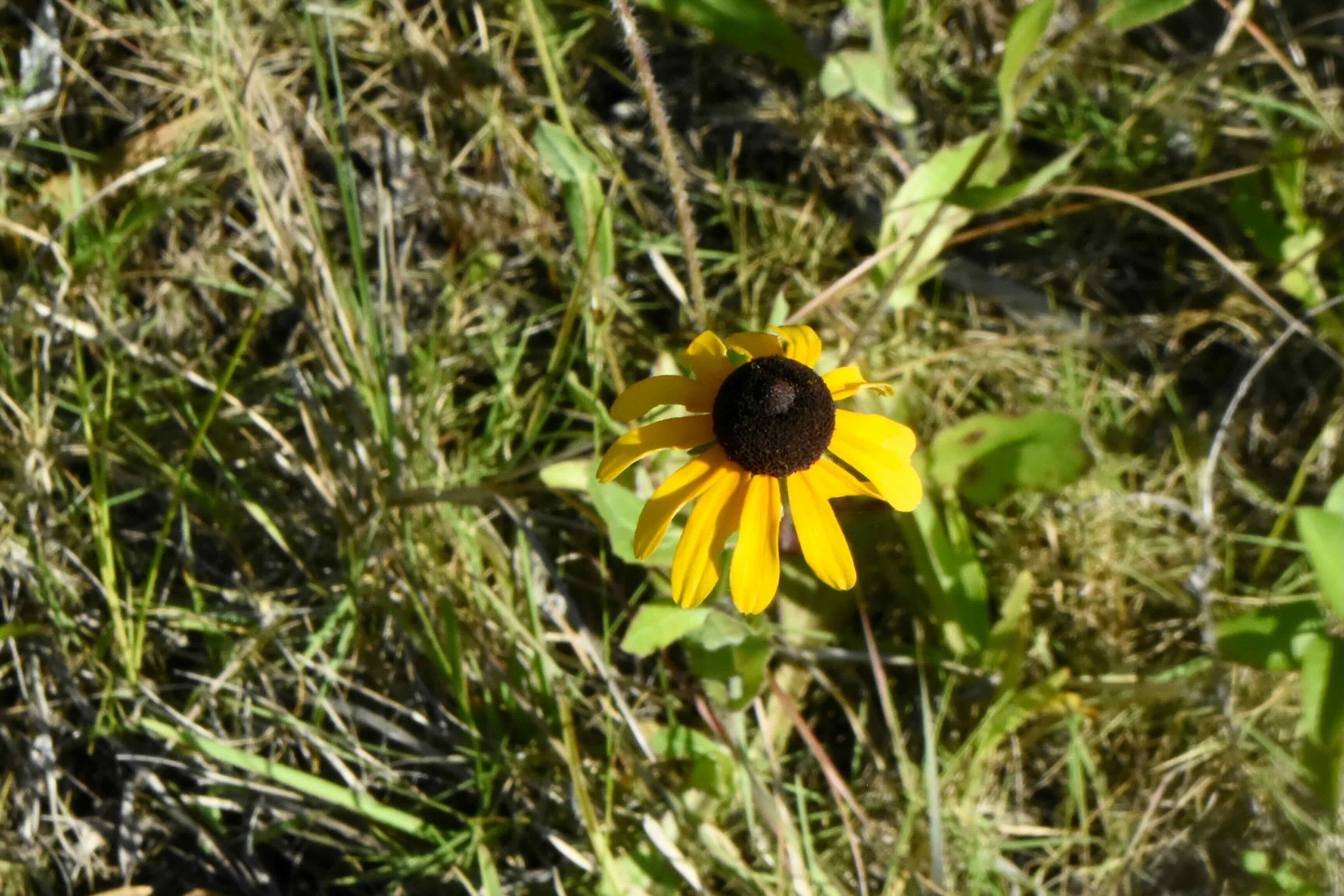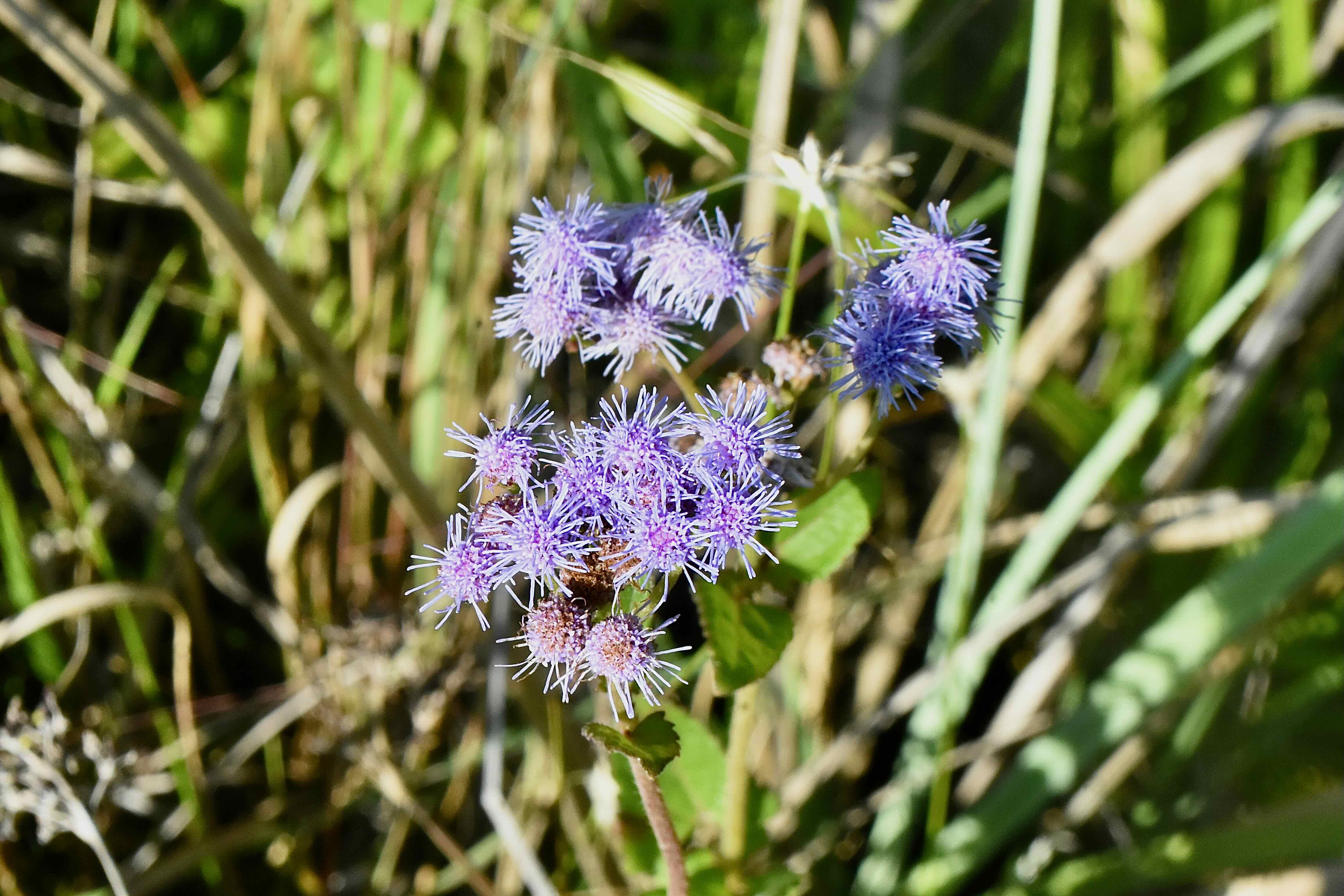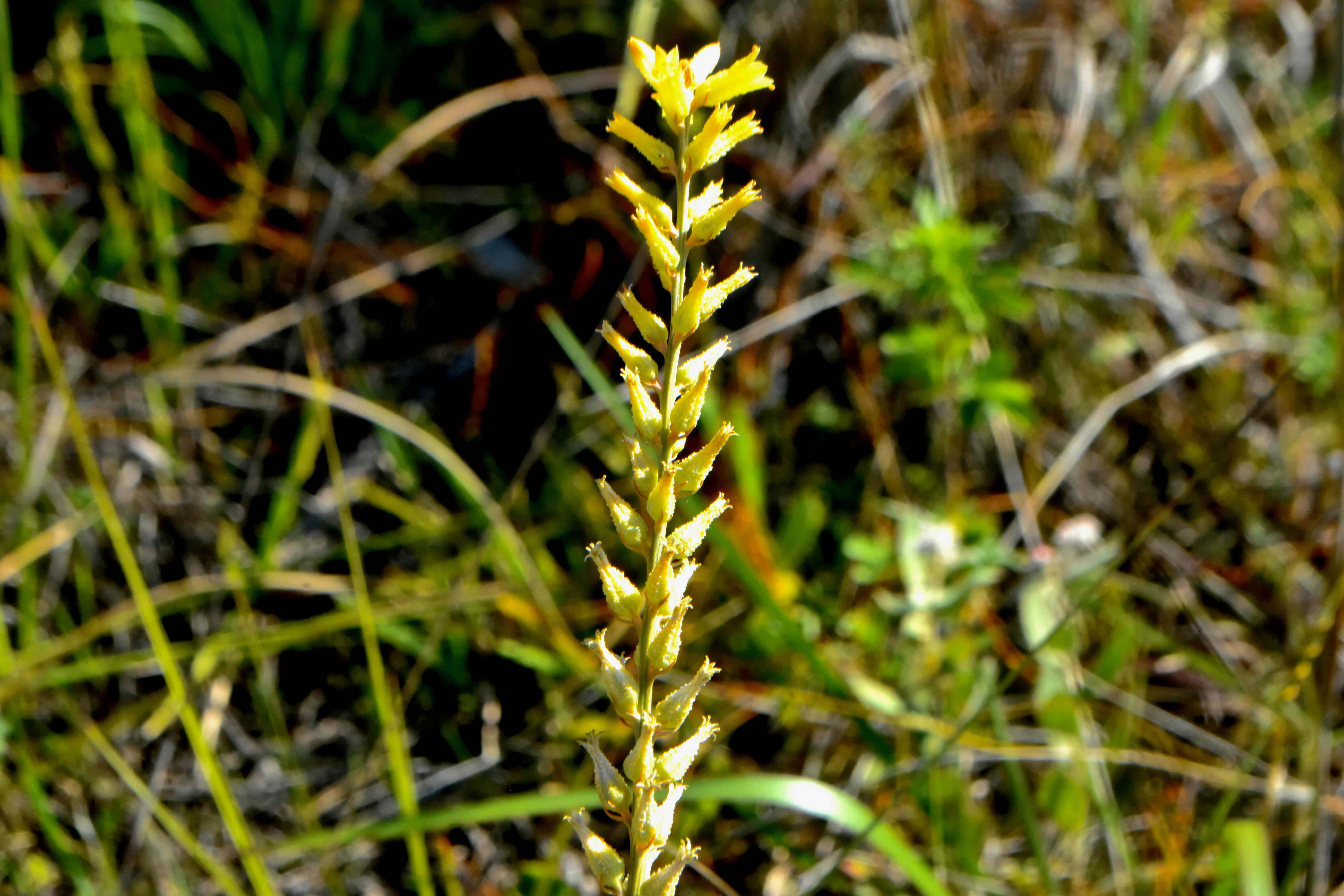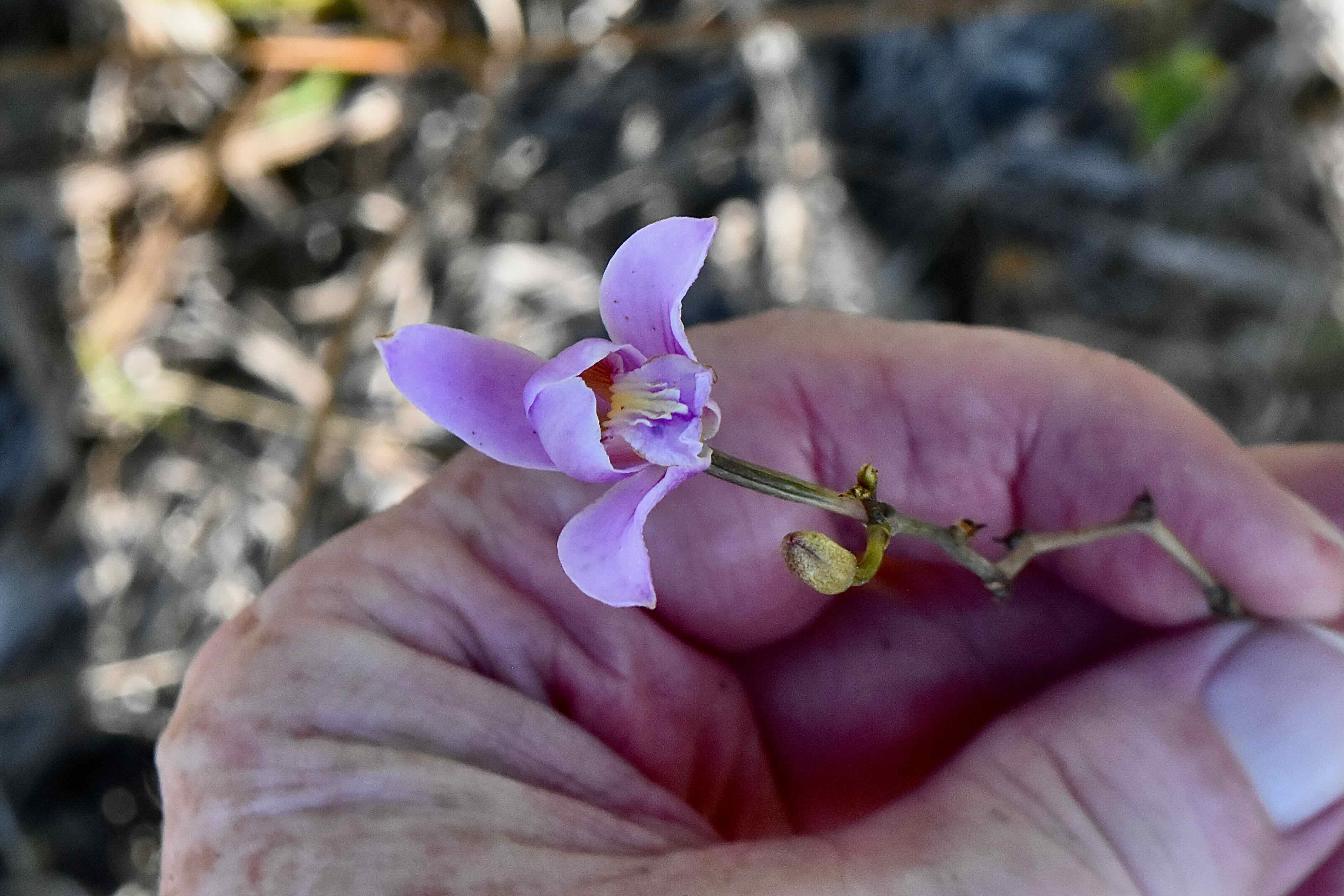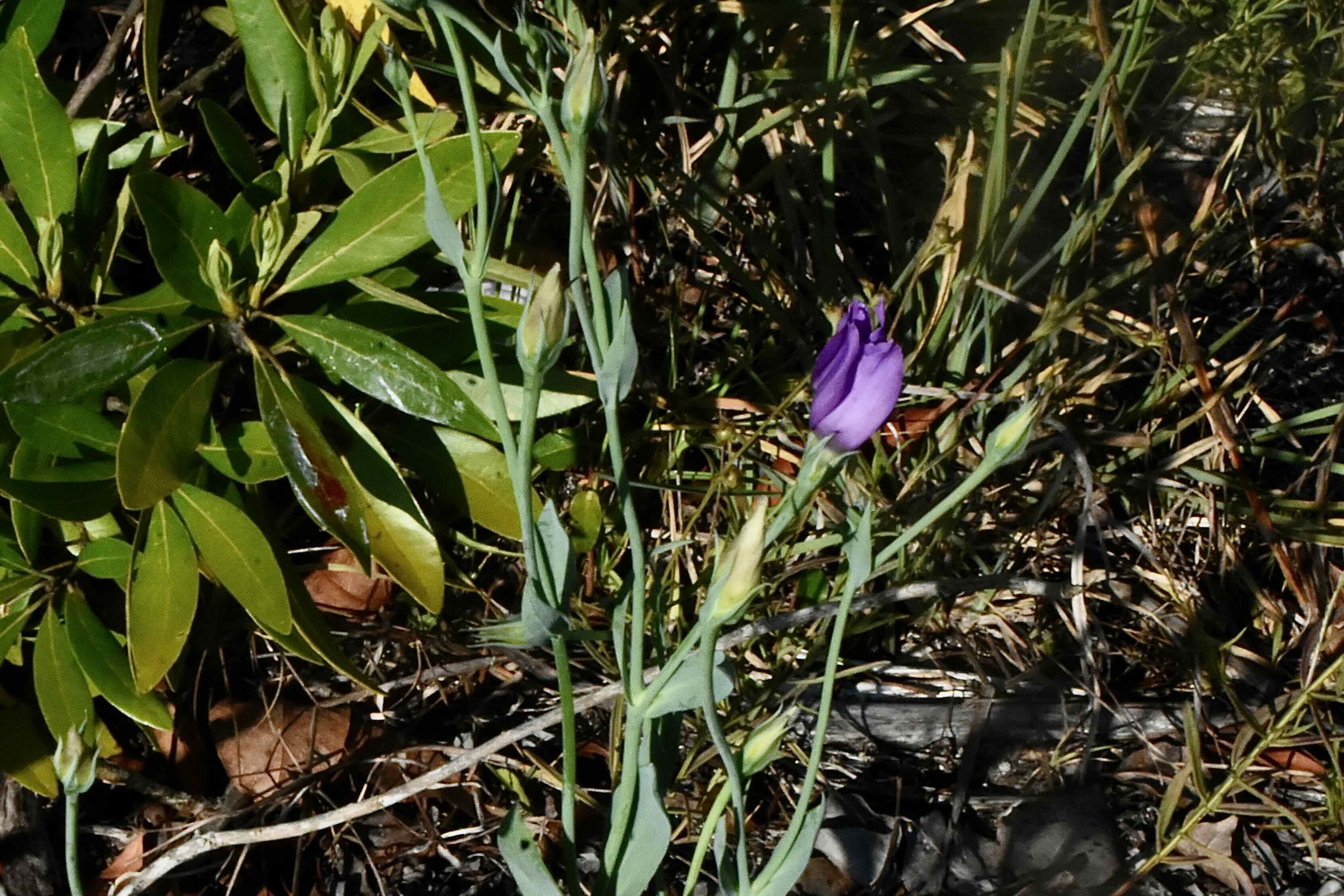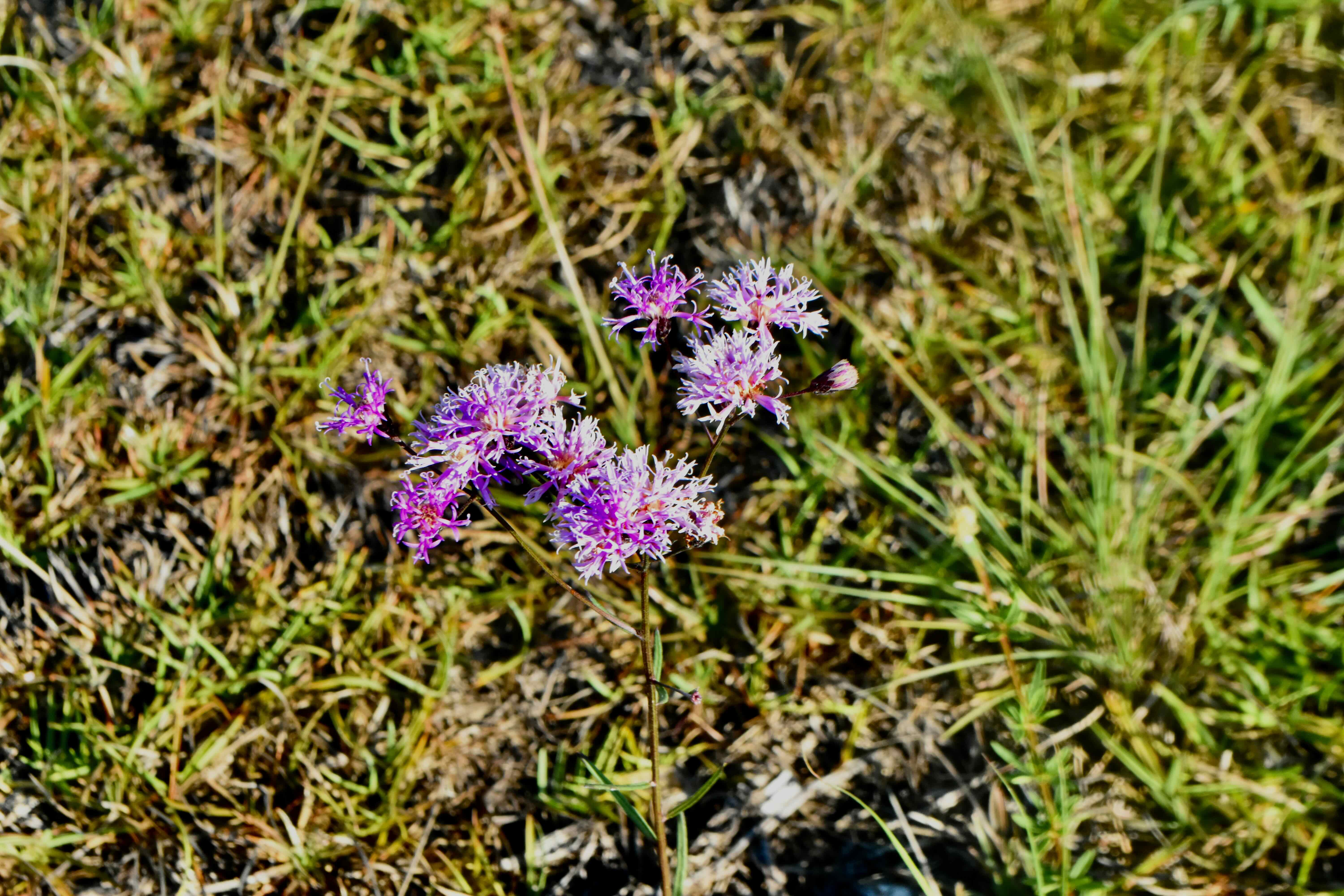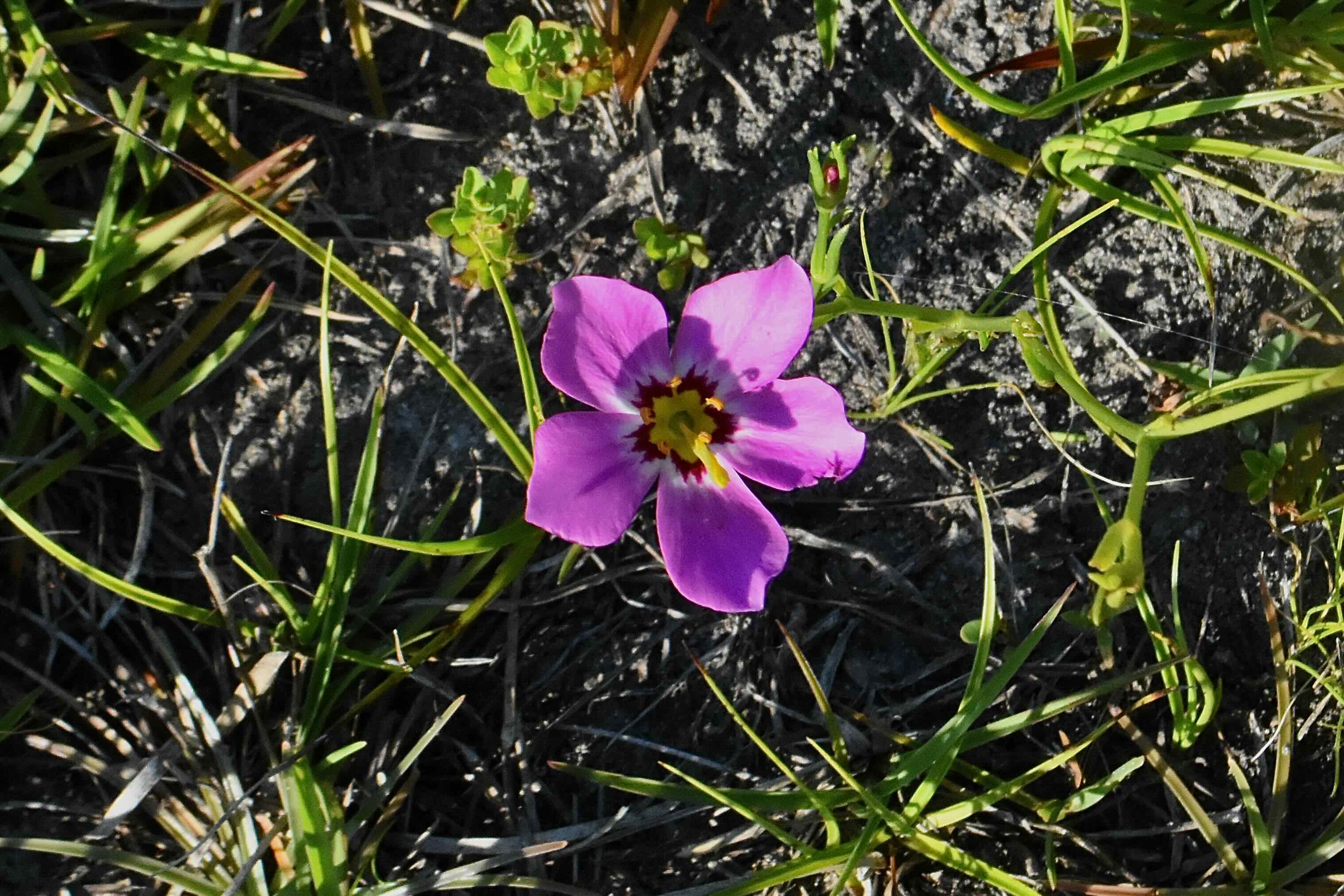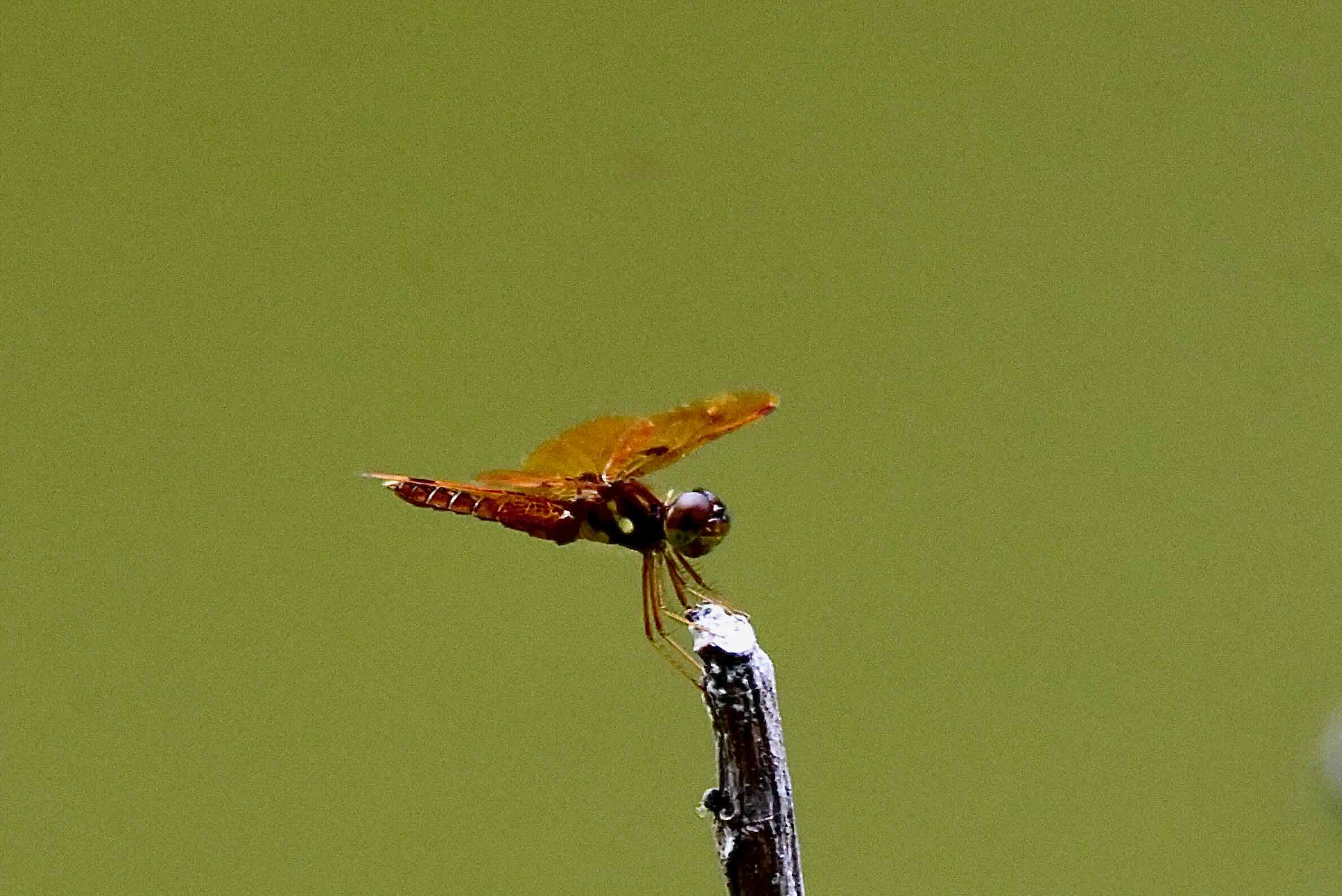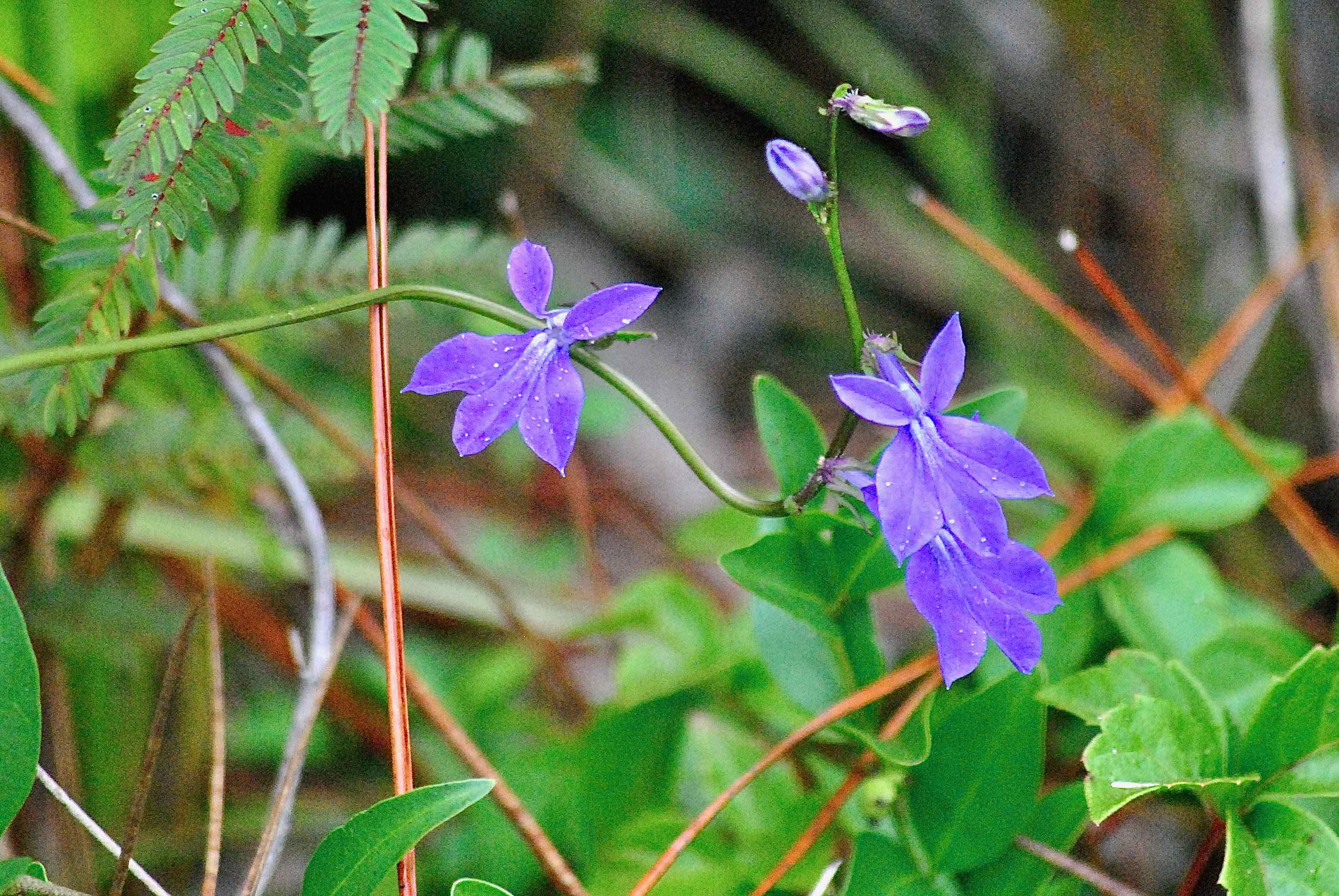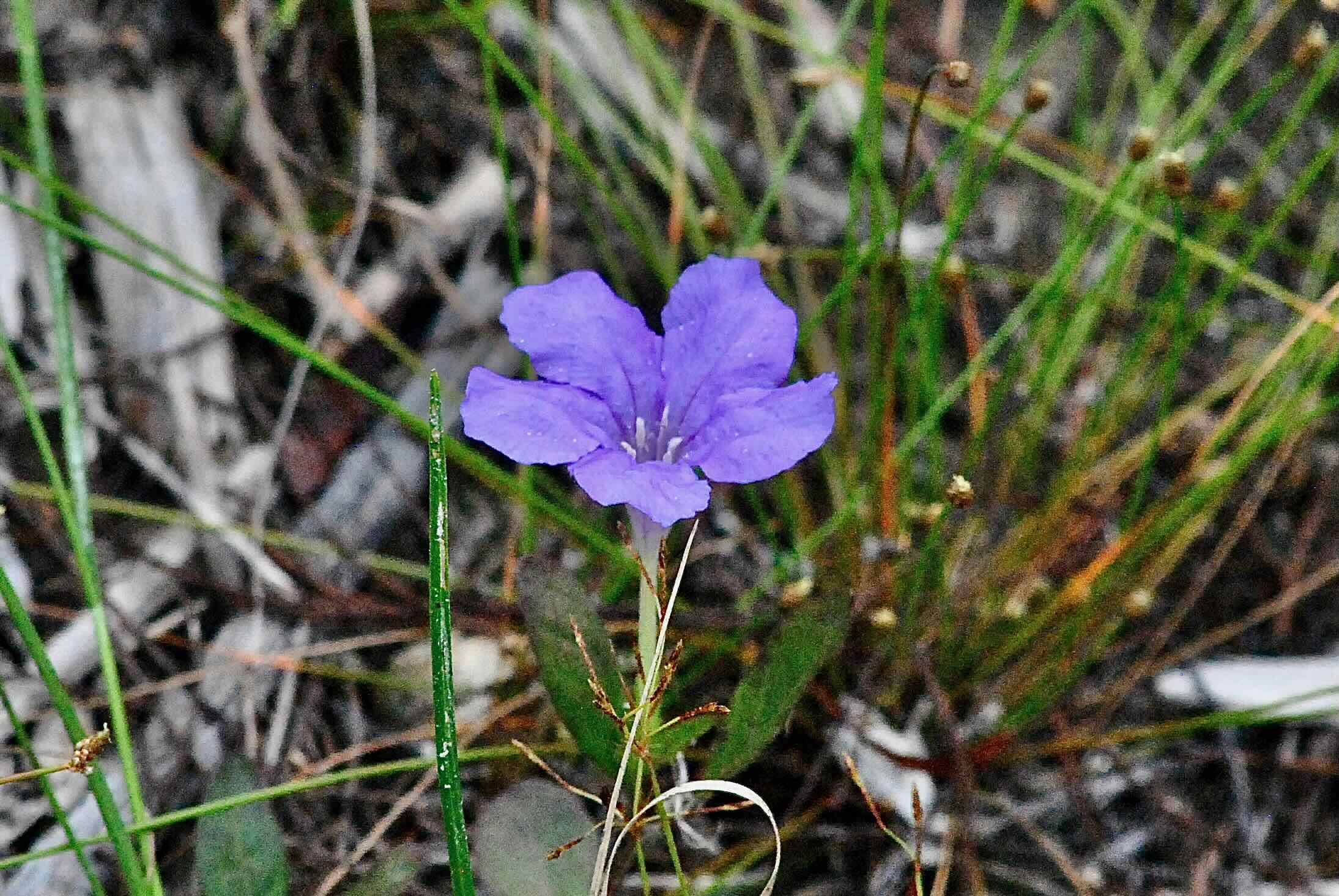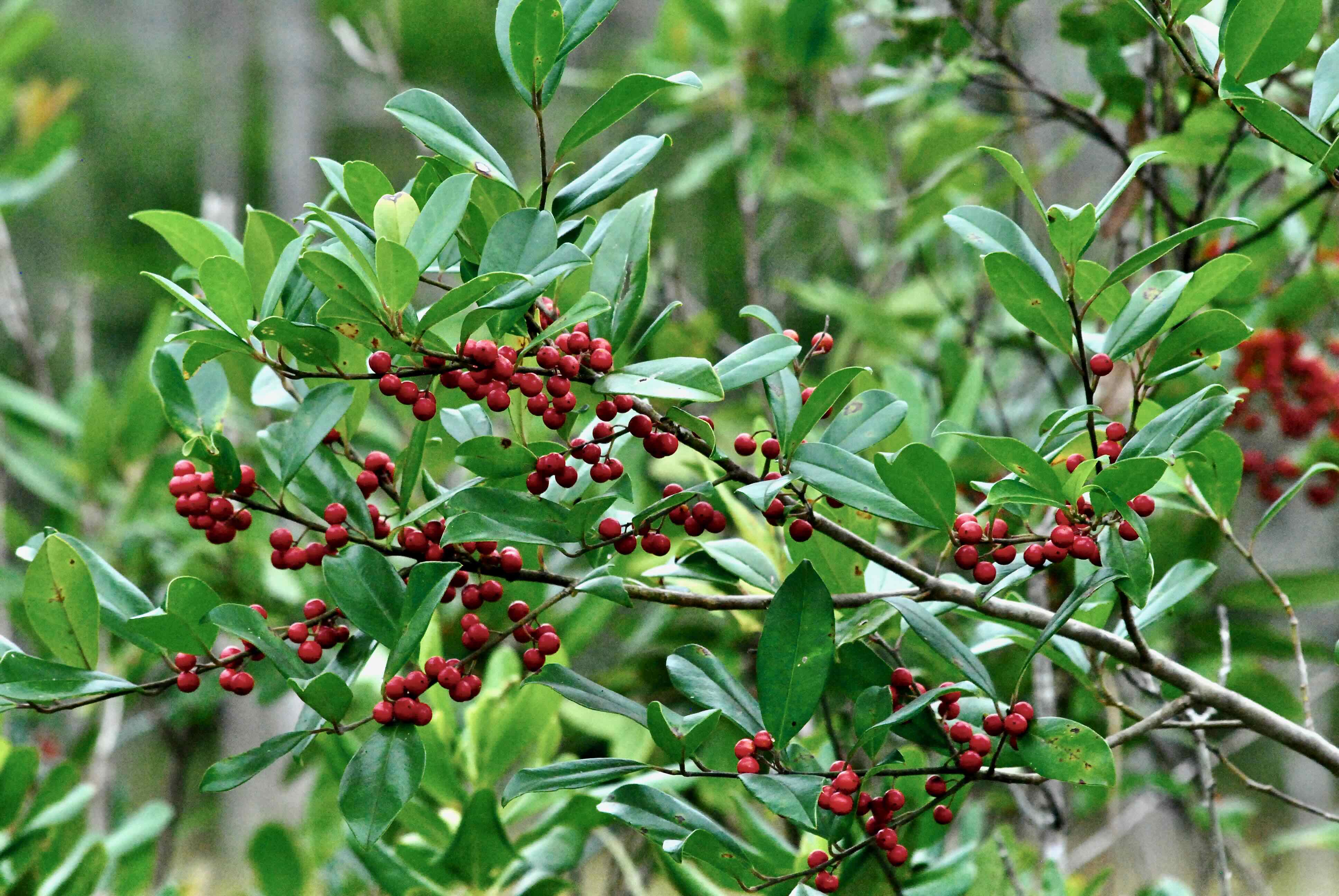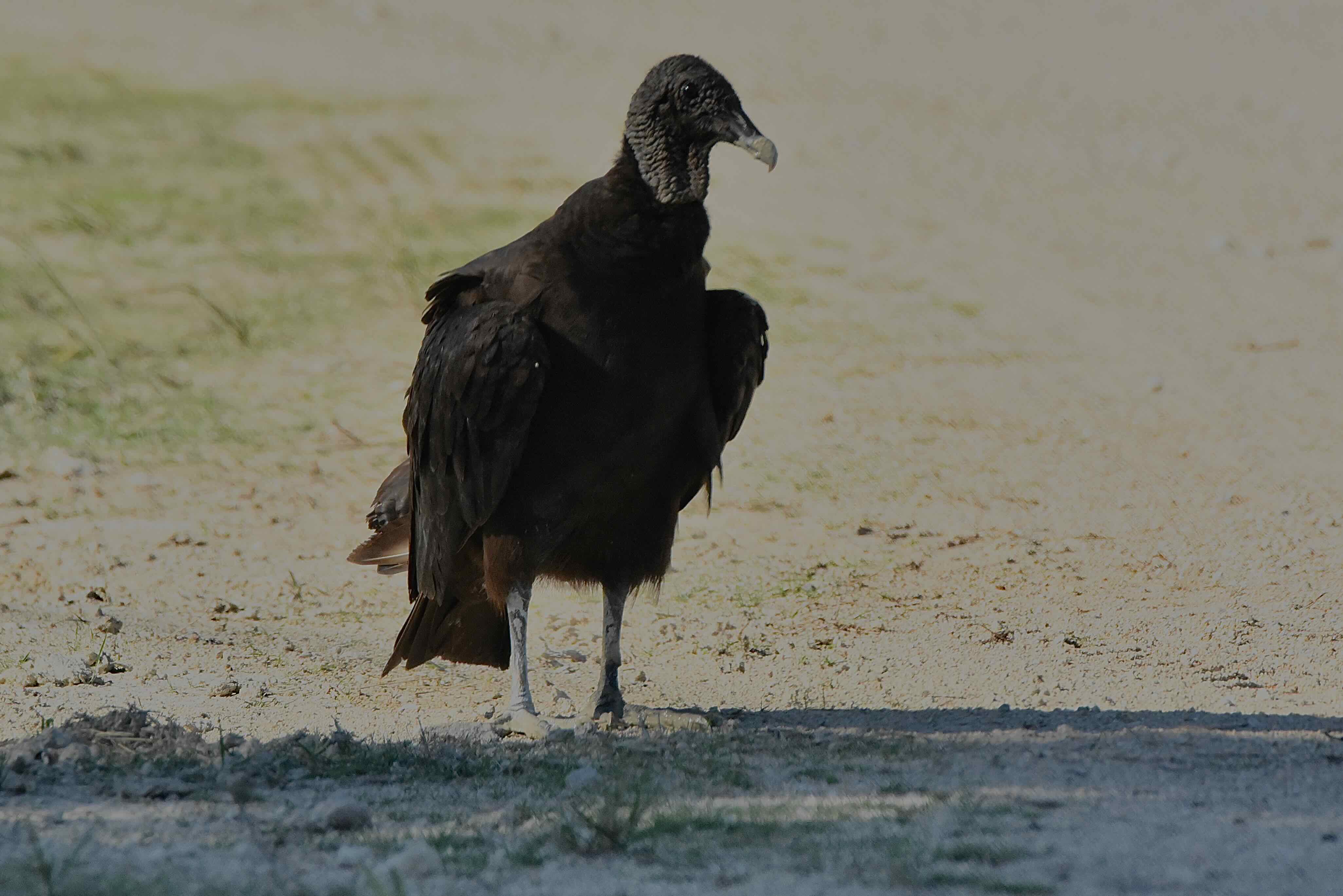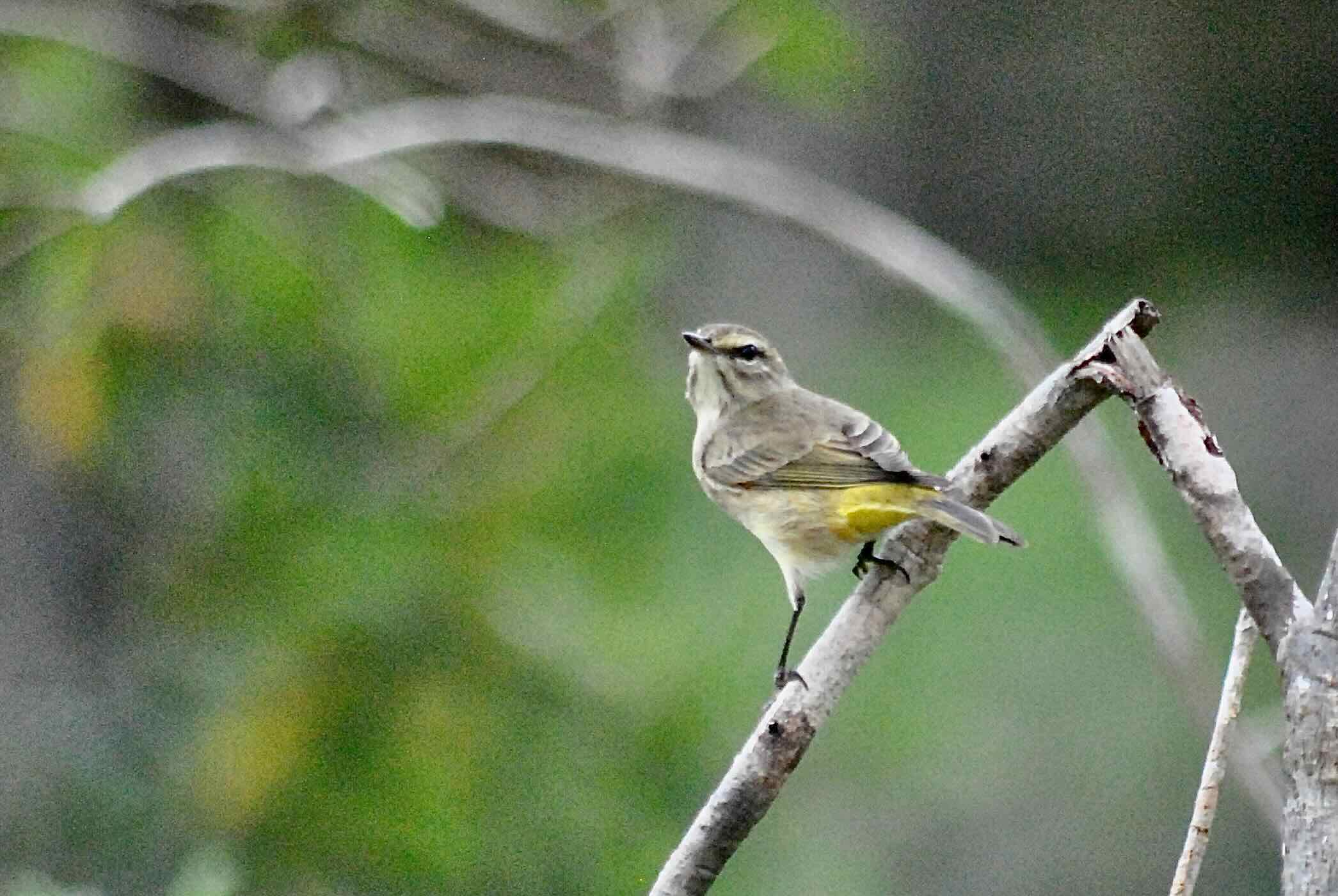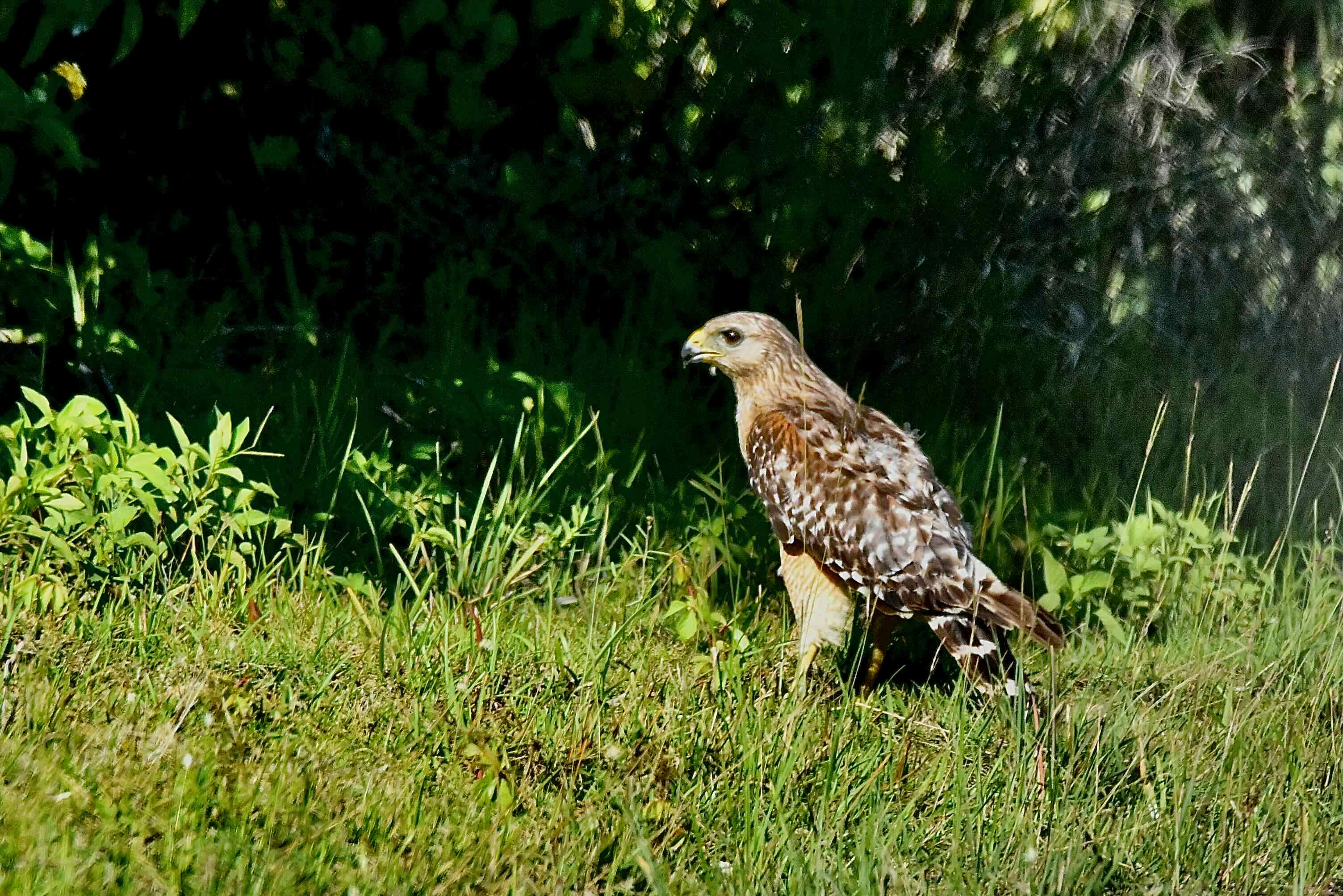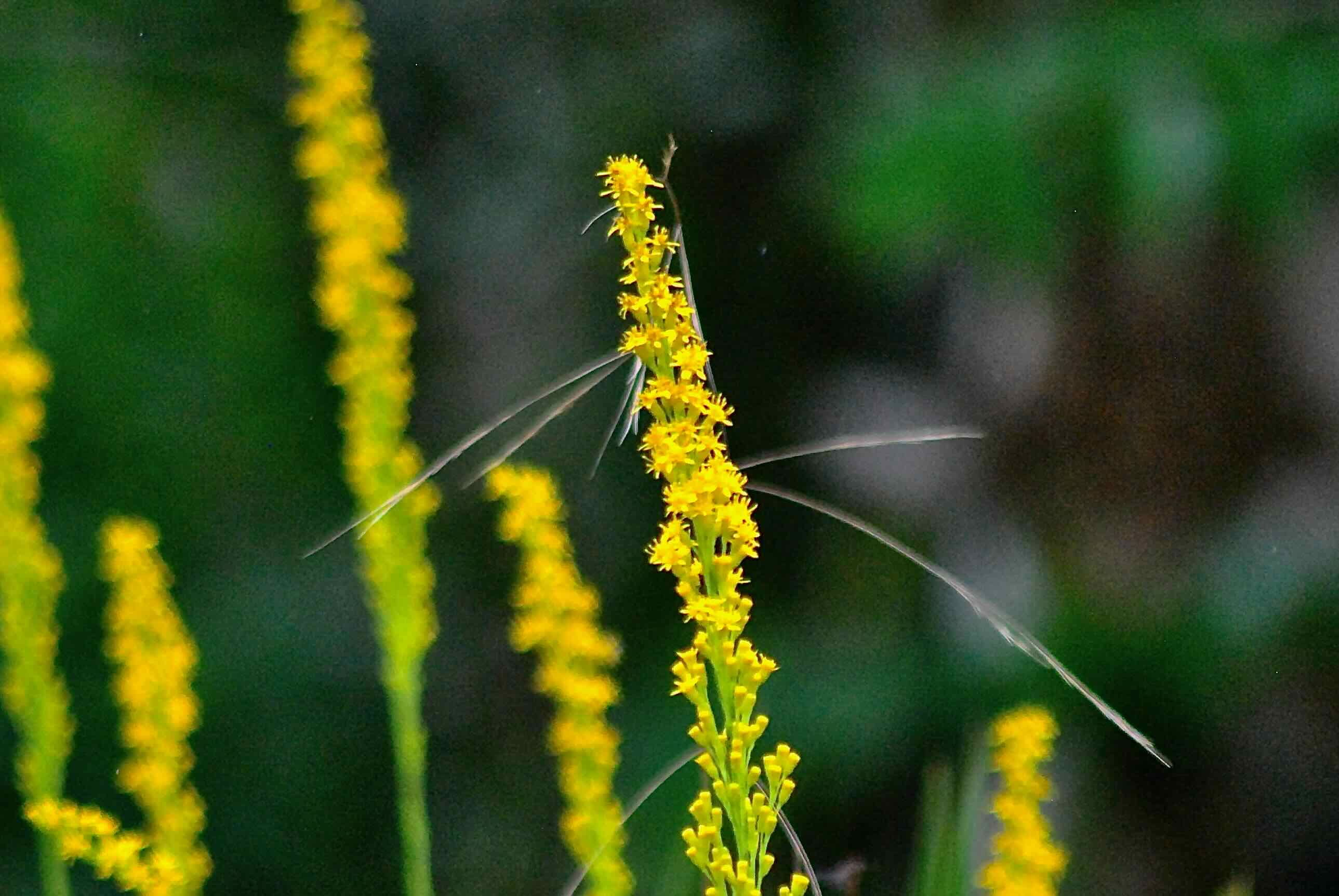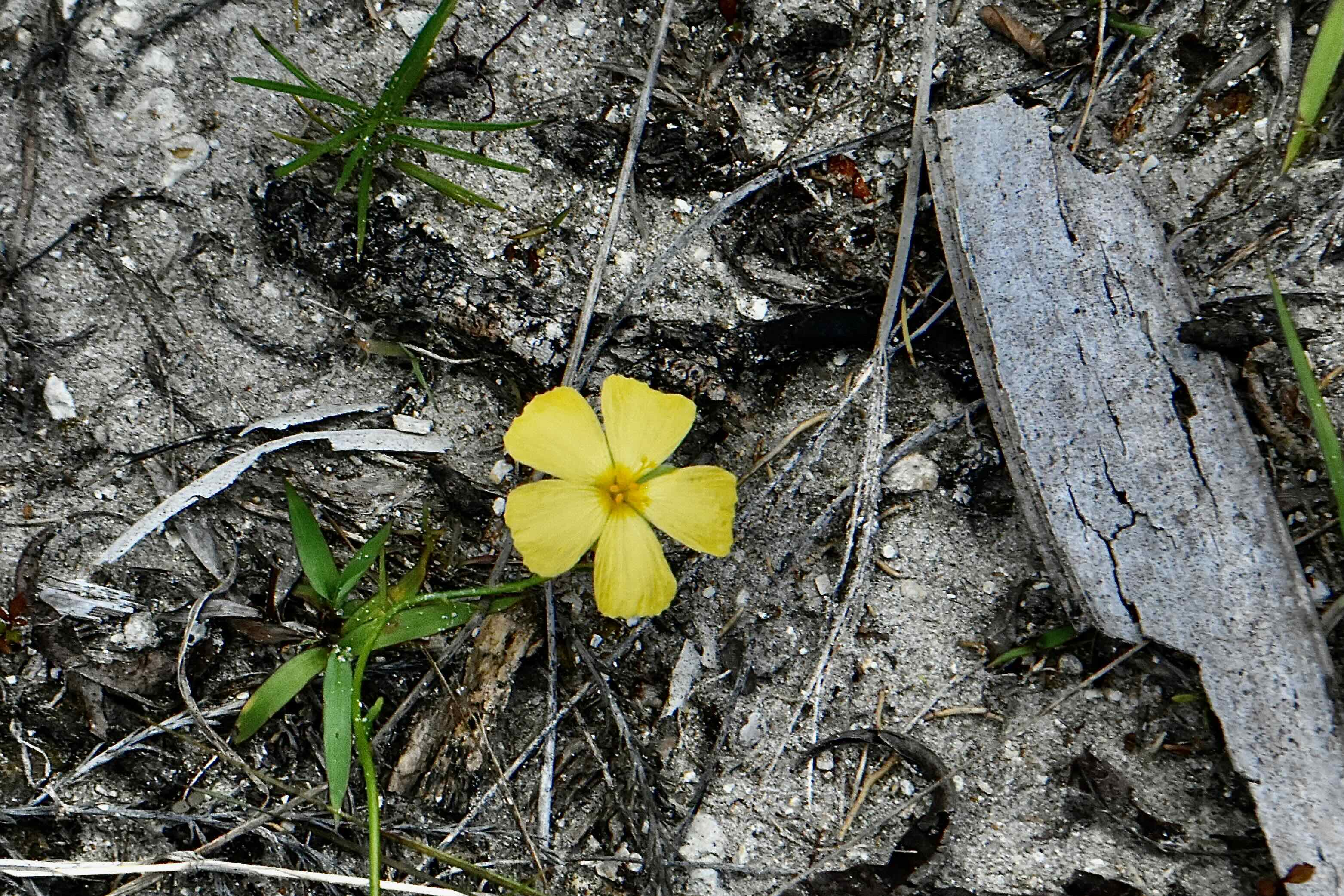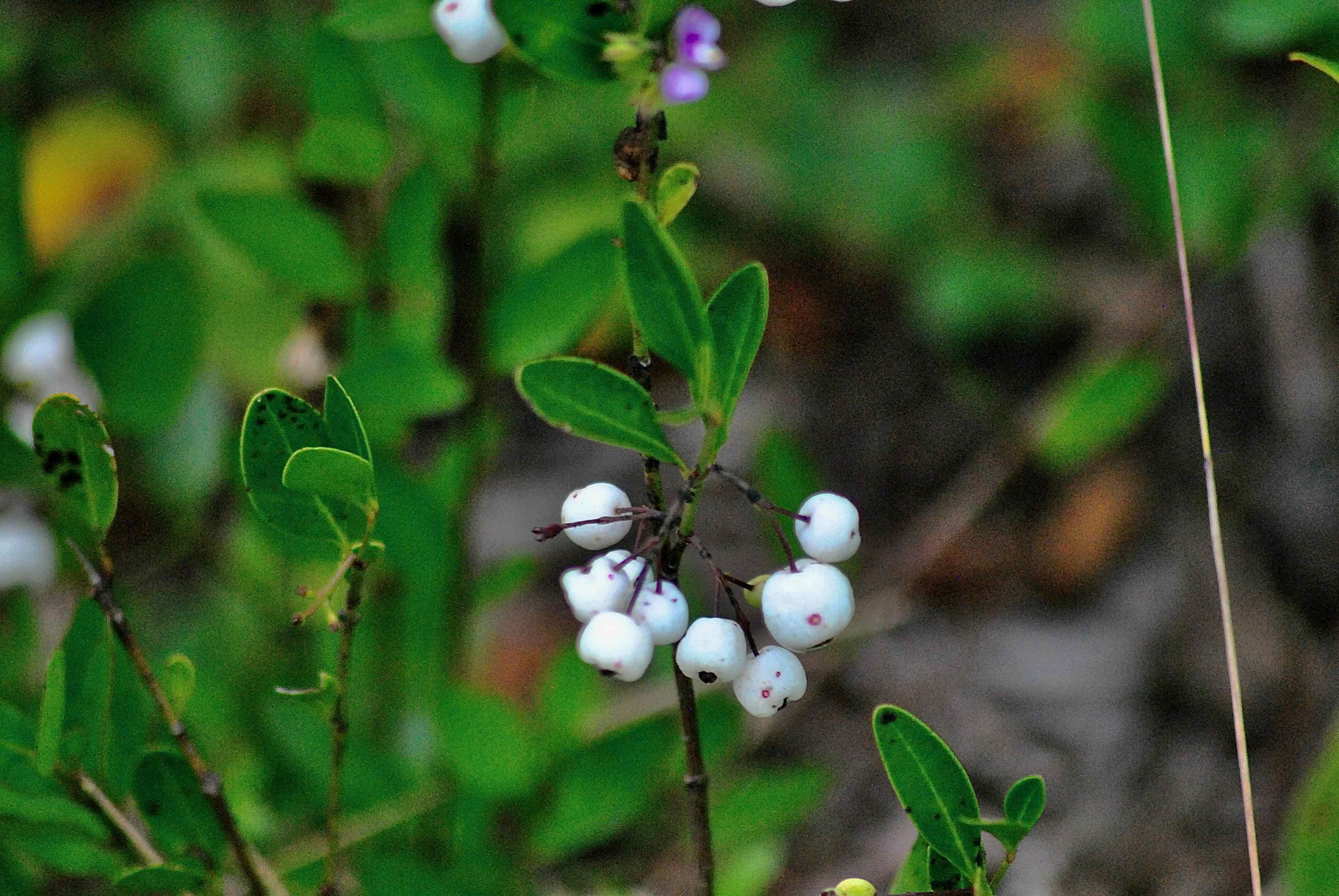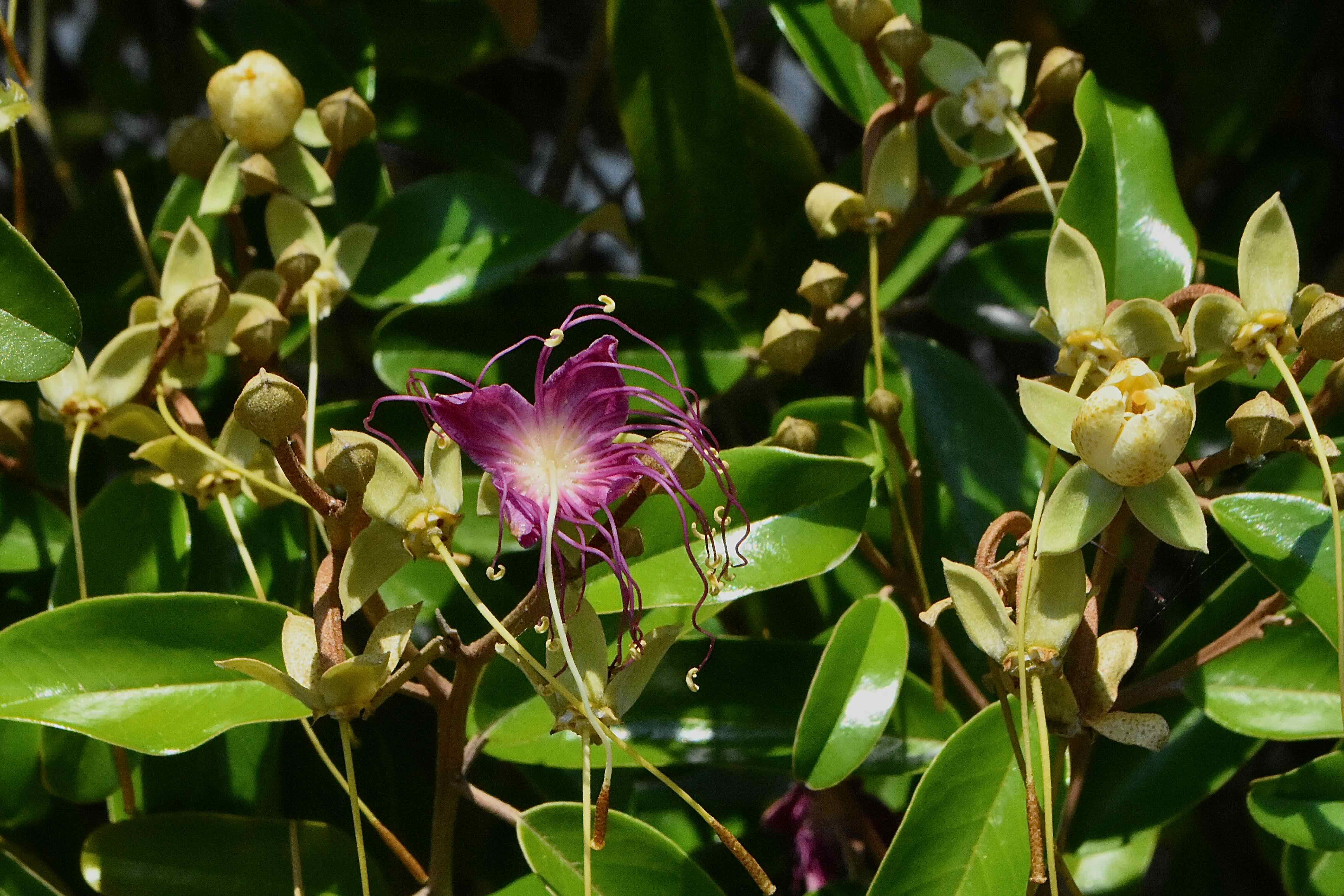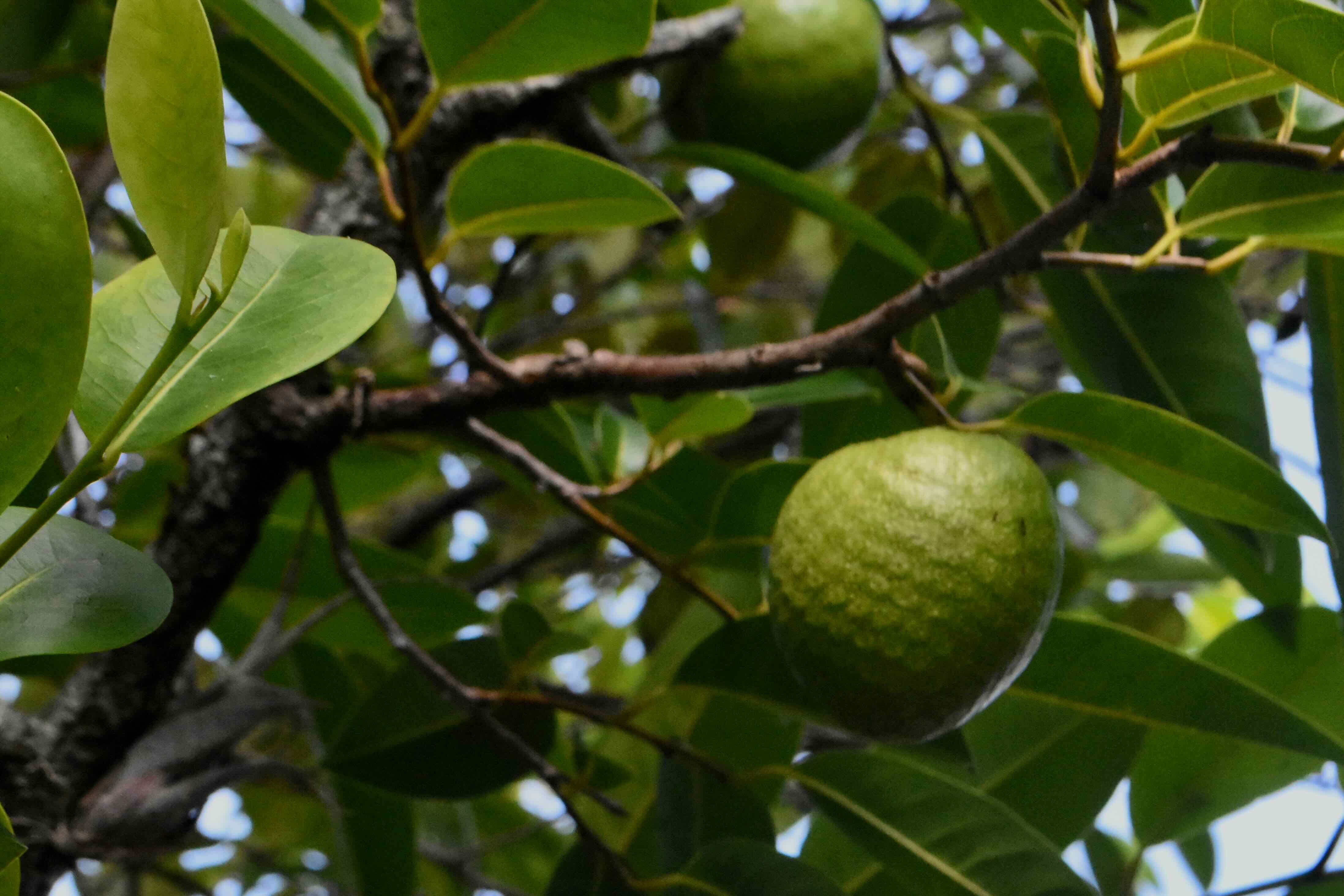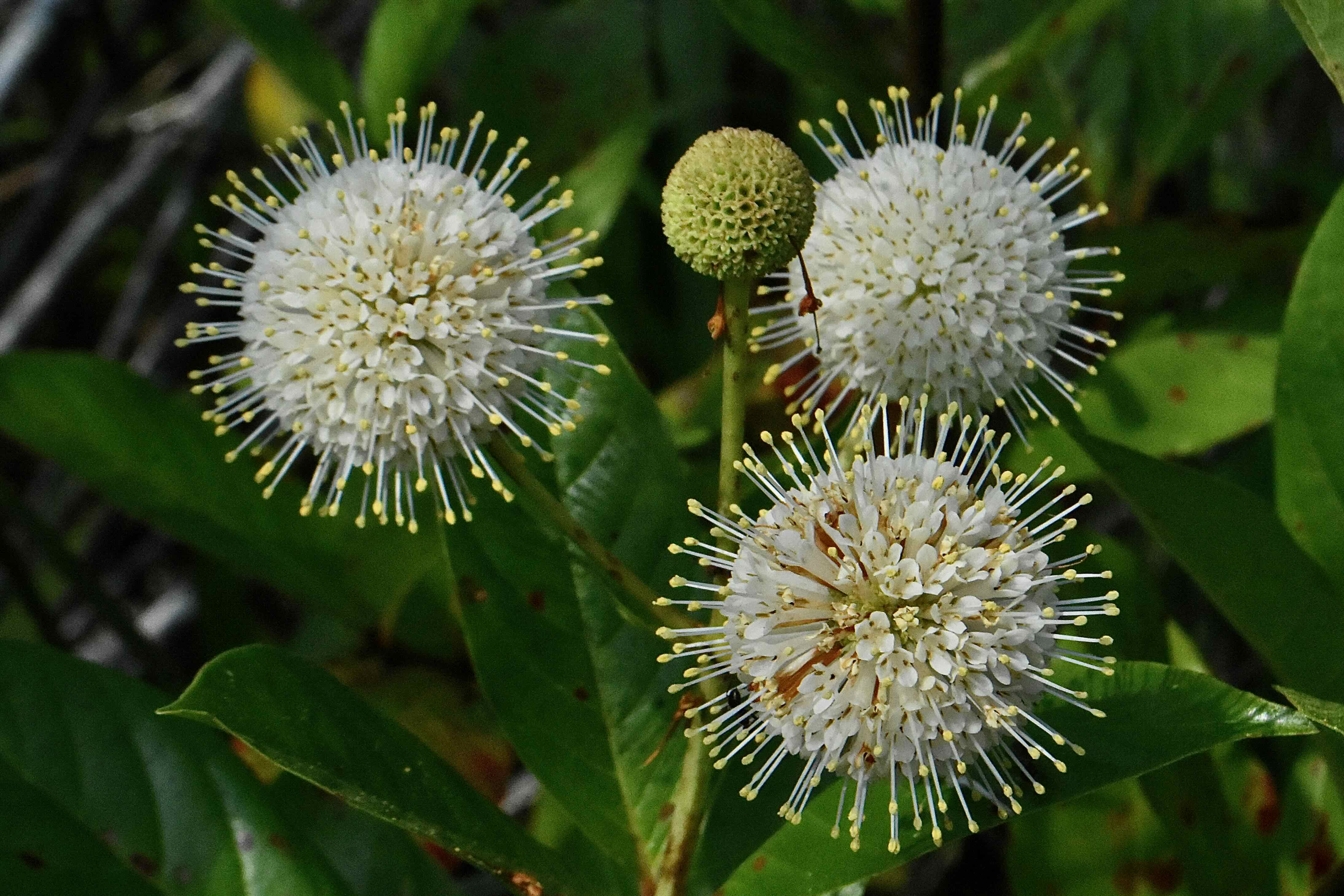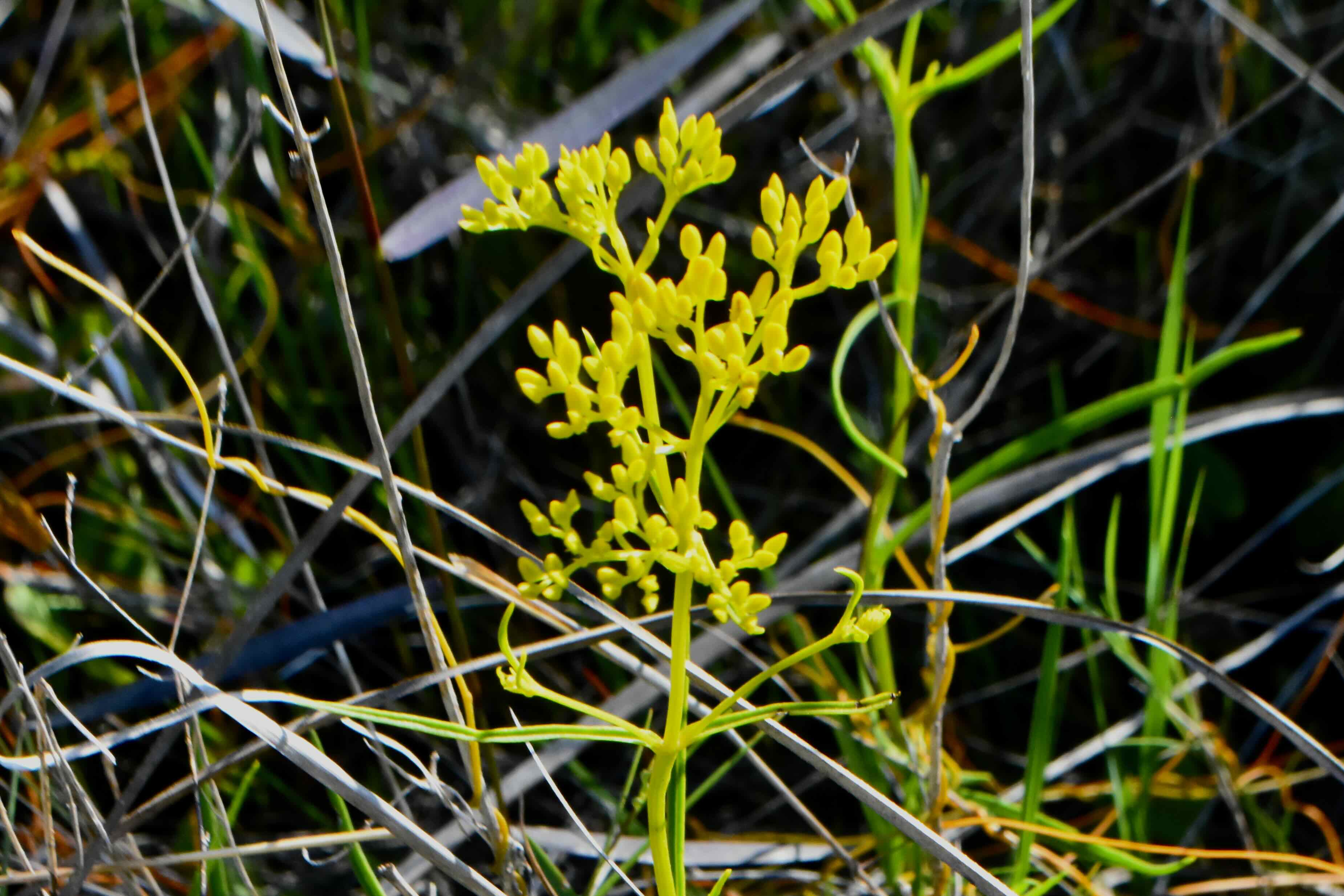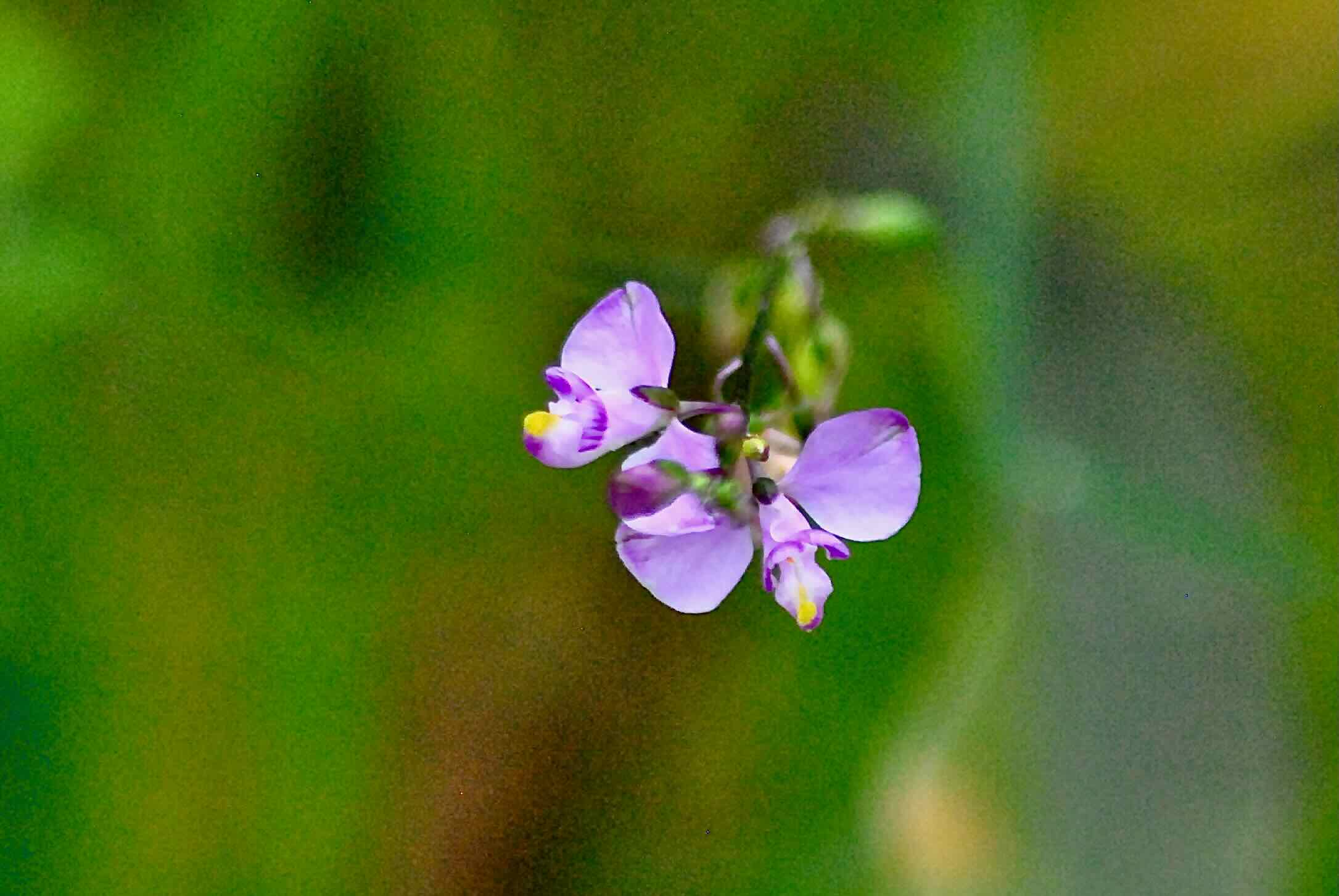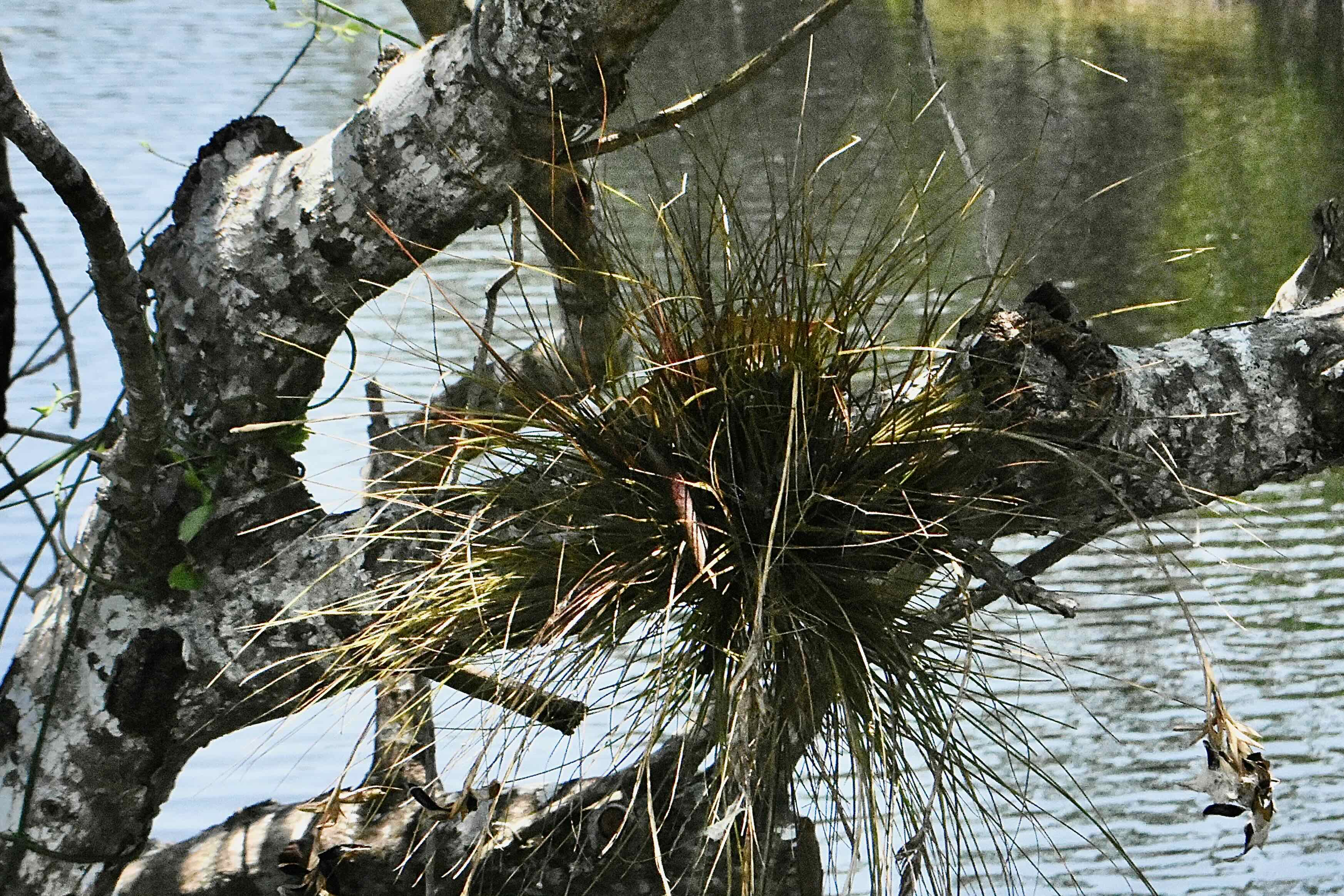Overview: What do you do when you're the feds and you want to preserve a piece of land in its natural state while balancing private property rights? You create something new, something different. You create the Big Cypress National Preserve.
At 779,000 acres, Big Cypress is roughly half the size of Everglades National Park. It not only protects the natural treasures within its bounds, it protects the flank of its iconic neighbor. It is not a national park, however, meaning there are things allowed here that are banned at Everglades. There are some traditional uses of the land, including by the Seminoles and Miccusukee. There is still private property and some oil and gas exploration and extraction, to mention a few.
Want to hike or camp in the solitude of the backcountry? It's here within Big Cypress National Preserve. Prefer to bring the comforts of civilization with you as get back to nature? You can do that too. The rules are a little bit different here. Also different: there are six points along Interstate 75 in Collier county where you can park and hike the back country for a few hours or a few days. Be aware that backcountry permits are required for both day and overnight use. Be prepared for wet trails, especially during summer. Entrance is free, but some activities might require a fee.
More conventionally, Big Cypress also can be accessed from U.S. 41 (the park boundary is west of Shark Valley), where there are two visitors centers, RV camping, boardwalks, picnic areas, canoe trails and more backcountry hiking trails and camping. The preserve is an excellent place for birding and spotting wildflowers. Manatees and shore birds are abundant in the winter months.
History: In the 1960s, the area west of Everglades National Park came under threat of development. The Dade County Port Authority had plans to build a "jetport," which would have been the largest airport in the world. A coalition of preservationists, including Marjory Stoneman Douglas, Native Americans, hunters, fishermen and others successfully rallied to block the proposal. The question became what to do next to preserve the land?
There was significant opposition to either creating a new national park or incorporating the land into Everglades. People lost livelyhoods, their homes, with the creation of Everglades National Park. There was opposition from commercial interests, including from local chambers of commerce. The Miccosukee and Seminoles inhabited the land.
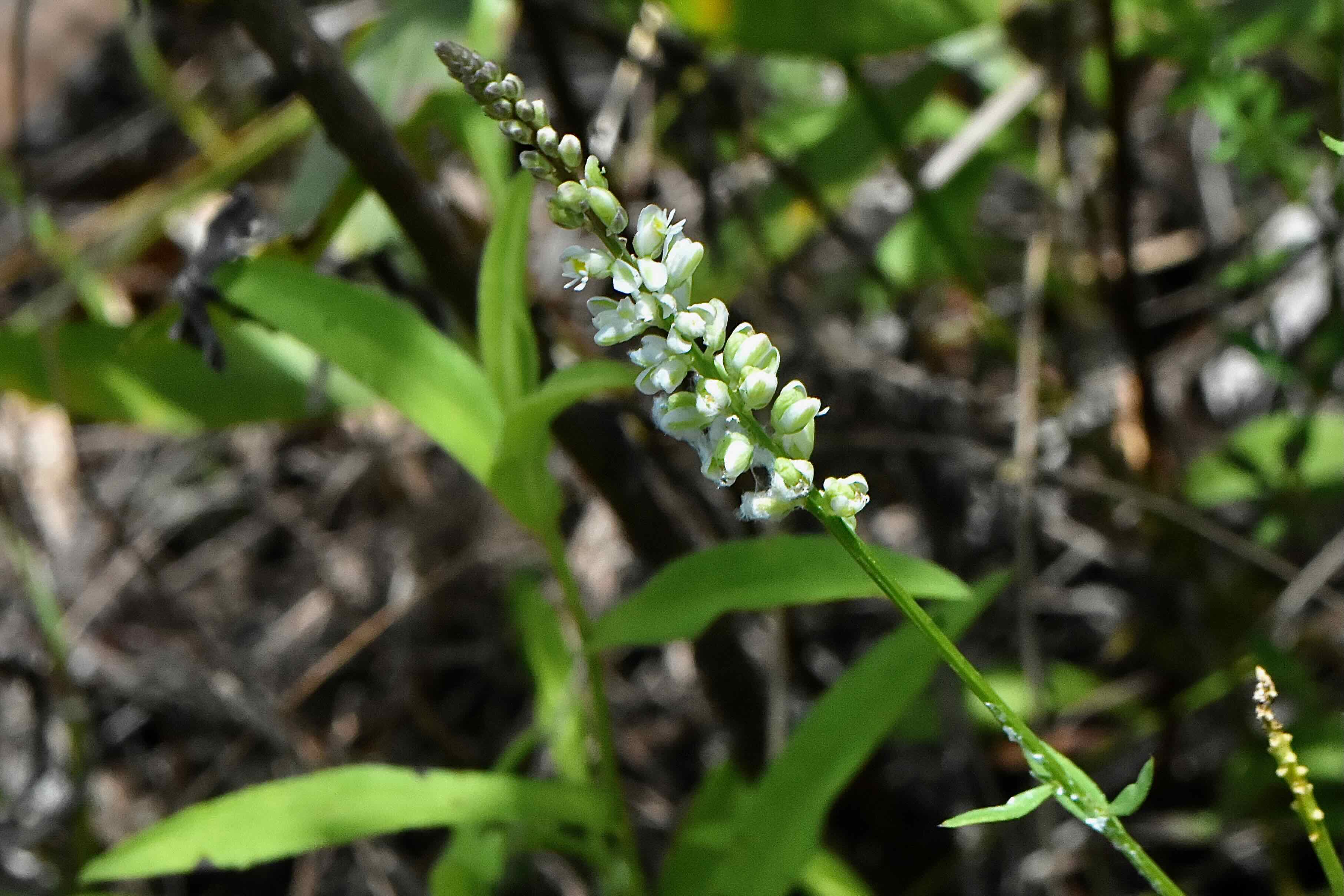
The solution was to create something new, a national preserve that would protect the land but also allow uses like hunting, oil and gas exploration, and continued private ownership of land typically banned from national parks. With Florida throwing in $40 million to buy the land, Big Cypress National Preserve came into being on October 11, 1974. Big Cypress was the first; as of this writing (June 2025) there are 18 others.
What You'll See: Like it's larger sibling to the east, Big Bypress National Preserve offers an abundance of habitats to explore, everything from cypress swamps, sloughs and marshes to hardwood hammocks, hardwood hammocks, mangrove forests and salt marshes.. It's a lot like Everglades National Park in that it is part of a great river, flowing slowly from the interior of Florida's Peninsula to the north to Florida Bay to the south. Likewise, it offers a diverse array of plants and animals, including rare orchids, black bears, panthers, dolphins and more.
You can start your explorations at one of the six trailheads along Interstate 75 in Collier County (three on each side of the highway west of S.R. 29, or along U.S. 41, the Tamiami Trail. If you do take U.S. 41, we suggest stopping first at either of two visitors centers, the Nathaniel P. Reed Center in Ochopee, two miles west of the intersection with S.R. 29, or if you're coming from the east, at the Oasis Center west of the Shark Valley entrance to Everglades National Park.
Amenities: As we just noted, there are two visitors centers along U.S. 41 in Big Cypress National Preserve. Both have exhibits on the natural and human histories of preserve. Both have restrooms, drinking water and vending machines. Some of the road-side stops have restroom facilities, as do the rest stops along I-75 that have access to trails. There are miles and miles of trails and campsites. Check out the website for a full list of what's available.
Nearby: Big Cypress National Preserve lies within one of the largest conglomerations of federal and state protected land east of the Mississippi. To its east along U.S. 41 lies Everglades National Park and the Shark Valley unit. ENP is also accessible through the Everglades City entrance. Fakahatchee Strand Preserve State Park is to its north and west. Across Interstate 75 is Florida Panther National Wildlife Refuge.
And there are a number of state-owned wildlife management and wildlife and environmental areas, including the Everglades and Francis S. Taylor Wildlife Management Area, which sits along both I-75 and U.S. 41. Nearing the Gulf of Mexico, there are Picayune Strand State Forest and Collier-Seminole State Park. There is also the Ten Thousand Island National Wildlife Refuge.
Links:The Great Florida Birding Trail's page on Big Cypress National Preserve is here. The Institute for Regional Conservation's inventory of plants for Big Cypress is here.
Of Note: Big Cypress National Preserve is open 24/7; there is no entry fee. If you're going to hike the backcountry trails, a permit is required.
Cover Photo: An American alligator floats in a canal north of the Nathaniel P. Reed Visitors Center. Alligators are considered a keystone species, because of the holes they carve out that fill with water during the rainy season and retain it through the dry. These holes support a multitude of water-depended animals, including fish, turtles and birds. There are also American crocodiles in the preserve, though pretty much restricted to saltwater bodies of water.
Second Photo: Boykin's milkwort, a rare flower we spotted during our explorations of Big Cypress National Preserve.
At 779,000 acres, Big Cypress is roughly half the size of Everglades National Park. It not only protects the natural treasures within its bounds, it protects the flank of its iconic neighbor. It is not a national park, however, meaning there are things allowed here that are banned at Everglades. There are some traditional uses of the land, including by the Seminoles and Miccusukee. There is still private property and some oil and gas exploration and extraction, to mention a few.
Want to hike or camp in the solitude of the backcountry? It's here within Big Cypress National Preserve. Prefer to bring the comforts of civilization with you as get back to nature? You can do that too. The rules are a little bit different here. Also different: there are six points along Interstate 75 in Collier county where you can park and hike the back country for a few hours or a few days. Be aware that backcountry permits are required for both day and overnight use. Be prepared for wet trails, especially during summer. Entrance is free, but some activities might require a fee.
More conventionally, Big Cypress also can be accessed from U.S. 41 (the park boundary is west of Shark Valley), where there are two visitors centers, RV camping, boardwalks, picnic areas, canoe trails and more backcountry hiking trails and camping. The preserve is an excellent place for birding and spotting wildflowers. Manatees and shore birds are abundant in the winter months.
History: In the 1960s, the area west of Everglades National Park came under threat of development. The Dade County Port Authority had plans to build a "jetport," which would have been the largest airport in the world. A coalition of preservationists, including Marjory Stoneman Douglas, Native Americans, hunters, fishermen and others successfully rallied to block the proposal. The question became what to do next to preserve the land?
There was significant opposition to either creating a new national park or incorporating the land into Everglades. People lost livelyhoods, their homes, with the creation of Everglades National Park. There was opposition from commercial interests, including from local chambers of commerce. The Miccosukee and Seminoles inhabited the land.

The solution was to create something new, a national preserve that would protect the land but also allow uses like hunting, oil and gas exploration, and continued private ownership of land typically banned from national parks. With Florida throwing in $40 million to buy the land, Big Cypress National Preserve came into being on October 11, 1974. Big Cypress was the first; as of this writing (June 2025) there are 18 others.
What You'll See: Like it's larger sibling to the east, Big Bypress National Preserve offers an abundance of habitats to explore, everything from cypress swamps, sloughs and marshes to hardwood hammocks, hardwood hammocks, mangrove forests and salt marshes.. It's a lot like Everglades National Park in that it is part of a great river, flowing slowly from the interior of Florida's Peninsula to the north to Florida Bay to the south. Likewise, it offers a diverse array of plants and animals, including rare orchids, black bears, panthers, dolphins and more.
You can start your explorations at one of the six trailheads along Interstate 75 in Collier County (three on each side of the highway west of S.R. 29, or along U.S. 41, the Tamiami Trail. If you do take U.S. 41, we suggest stopping first at either of two visitors centers, the Nathaniel P. Reed Center in Ochopee, two miles west of the intersection with S.R. 29, or if you're coming from the east, at the Oasis Center west of the Shark Valley entrance to Everglades National Park.
Amenities: As we just noted, there are two visitors centers along U.S. 41 in Big Cypress National Preserve. Both have exhibits on the natural and human histories of preserve. Both have restrooms, drinking water and vending machines. Some of the road-side stops have restroom facilities, as do the rest stops along I-75 that have access to trails. There are miles and miles of trails and campsites. Check out the website for a full list of what's available.
Nearby: Big Cypress National Preserve lies within one of the largest conglomerations of federal and state protected land east of the Mississippi. To its east along U.S. 41 lies Everglades National Park and the Shark Valley unit. ENP is also accessible through the Everglades City entrance. Fakahatchee Strand Preserve State Park is to its north and west. Across Interstate 75 is Florida Panther National Wildlife Refuge.
And there are a number of state-owned wildlife management and wildlife and environmental areas, including the Everglades and Francis S. Taylor Wildlife Management Area, which sits along both I-75 and U.S. 41. Nearing the Gulf of Mexico, there are Picayune Strand State Forest and Collier-Seminole State Park. There is also the Ten Thousand Island National Wildlife Refuge.
Links:The Great Florida Birding Trail's page on Big Cypress National Preserve is here. The Institute for Regional Conservation's inventory of plants for Big Cypress is here.
Of Note: Big Cypress National Preserve is open 24/7; there is no entry fee. If you're going to hike the backcountry trails, a permit is required.
Cover Photo: An American alligator floats in a canal north of the Nathaniel P. Reed Visitors Center. Alligators are considered a keystone species, because of the holes they carve out that fill with water during the rainy season and retain it through the dry. These holes support a multitude of water-depended animals, including fish, turtles and birds. There are also American crocodiles in the preserve, though pretty much restricted to saltwater bodies of water.
Second Photo: Boykin's milkwort, a rare flower we spotted during our explorations of Big Cypress National Preserve.

